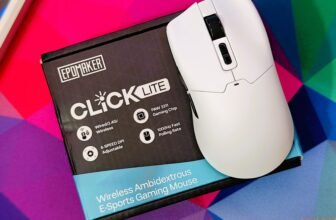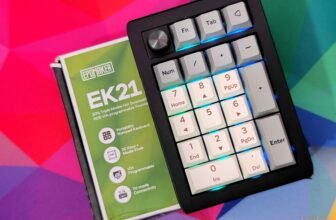The game controller market has become more crowded than ever, with brands pushing out new designs and features to stand out. EasySMX, known for making affordable controllers with solid functionality, has introduced its latest model—the EasySMX D10. This controller is designed to work alongside a charging dock and comes with mechanical buttons, TMR joysticks, dual-mode triggers, and other upgrades aimed at mid-range users looking for more than just the basics.
After spending time with the EasySMX D05 (Review), we now have the EasySMX D10 on the test bench. It brings several Pro features, including the EasyPos™ D-pad for precise directional input, next-generation TMR sticks rated for a 1000Hz polling rate, and a two-way trigger system that switches between Hall Effect and microswitch triggers depending on the game. The controller also supports multiple platforms, making it a flexible choice for players across PC, Switch, and mobile devices.
The charging dock adds convenience by automatically reconnecting the controller when lifted and keeping it topped up between sessions. With programmable buttons, adjustable vibration, 6-axis motion controls (for Switch), and customizable RGB lighting, the EasySMX D10 packs a lot into its mid-range price. The question is whether these features deliver a good experience in actual gameplay. Let’s take a closer look.
Specification
| Features | Details |
|---|---|
| Brand & Model Number | EasySMX D10 |
| Compatible Platforms | Nintendo Switch, PC, Android, iOS |
| Compatible OS | Windows 7/8/8.1/10/11 |
| Interface Type | USB, Bluetooth, 2.4G |
| Connection Methods | 2.4GHz Wireless, Bluetooth, Wired |
| Charging Interface | Type-C |
| Battery Capacity | 1000mAh |
| Controller Net Size | 15.5 × 5.27 × 10.47 cm |
| Charging Dock Net Size | 11.53 × 7.62 × 6.81 cm |
| Net Weight | 300g |
| Hall Effect | Yes |
| Joystick Sensor Type | TMR Joysticks |
| D-pad Switch Type | Tactile Switch |
| ABXY Switch Type | Micro Switch |
| Bumpers Switch Type | Tactile Switch |
| Trigger Button Type | Hall-Linear |
| Package Included | Controller, Charging Dock, USB Cable, 2.4G Receiver, Manual |
Unboxing
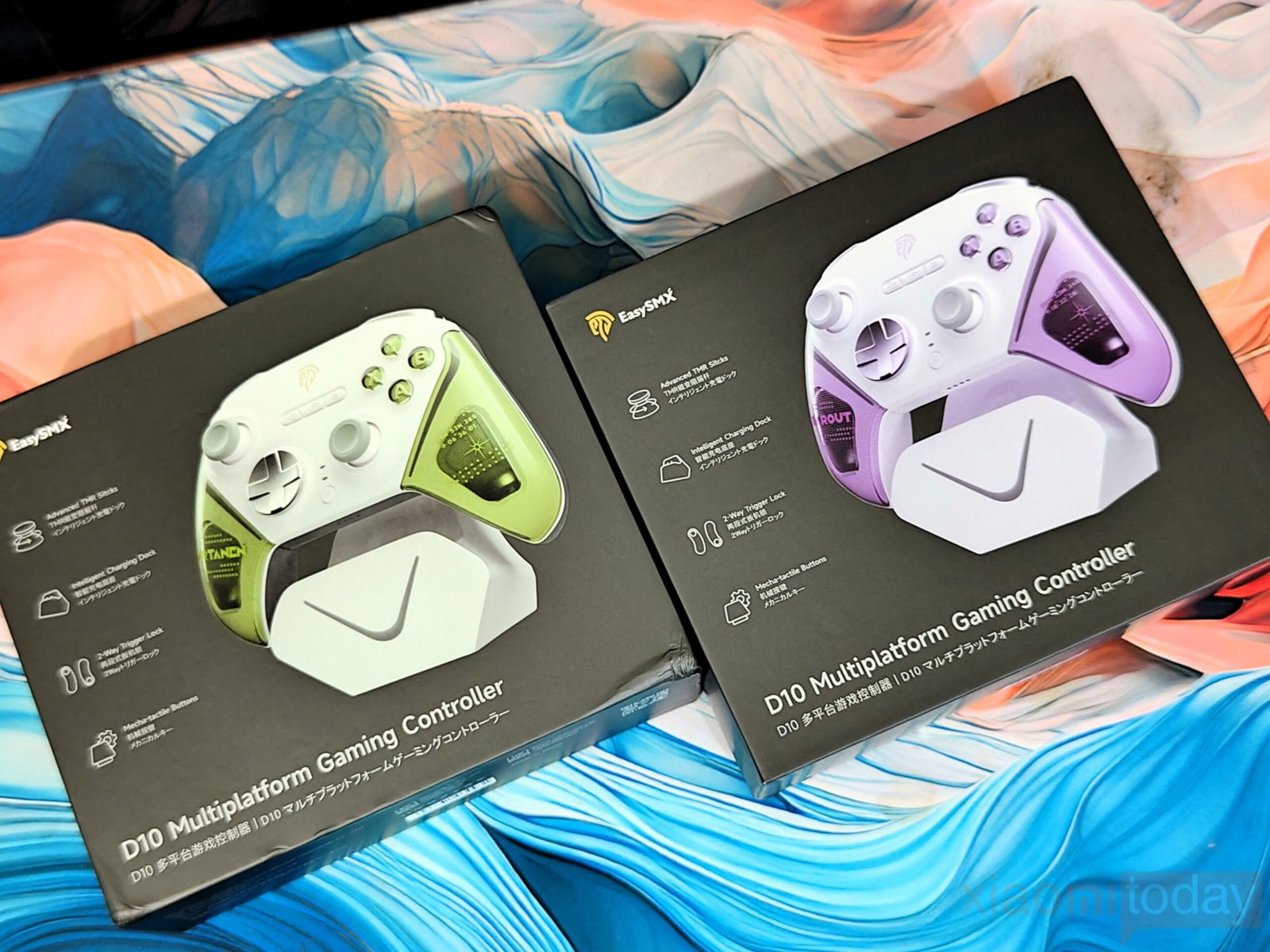
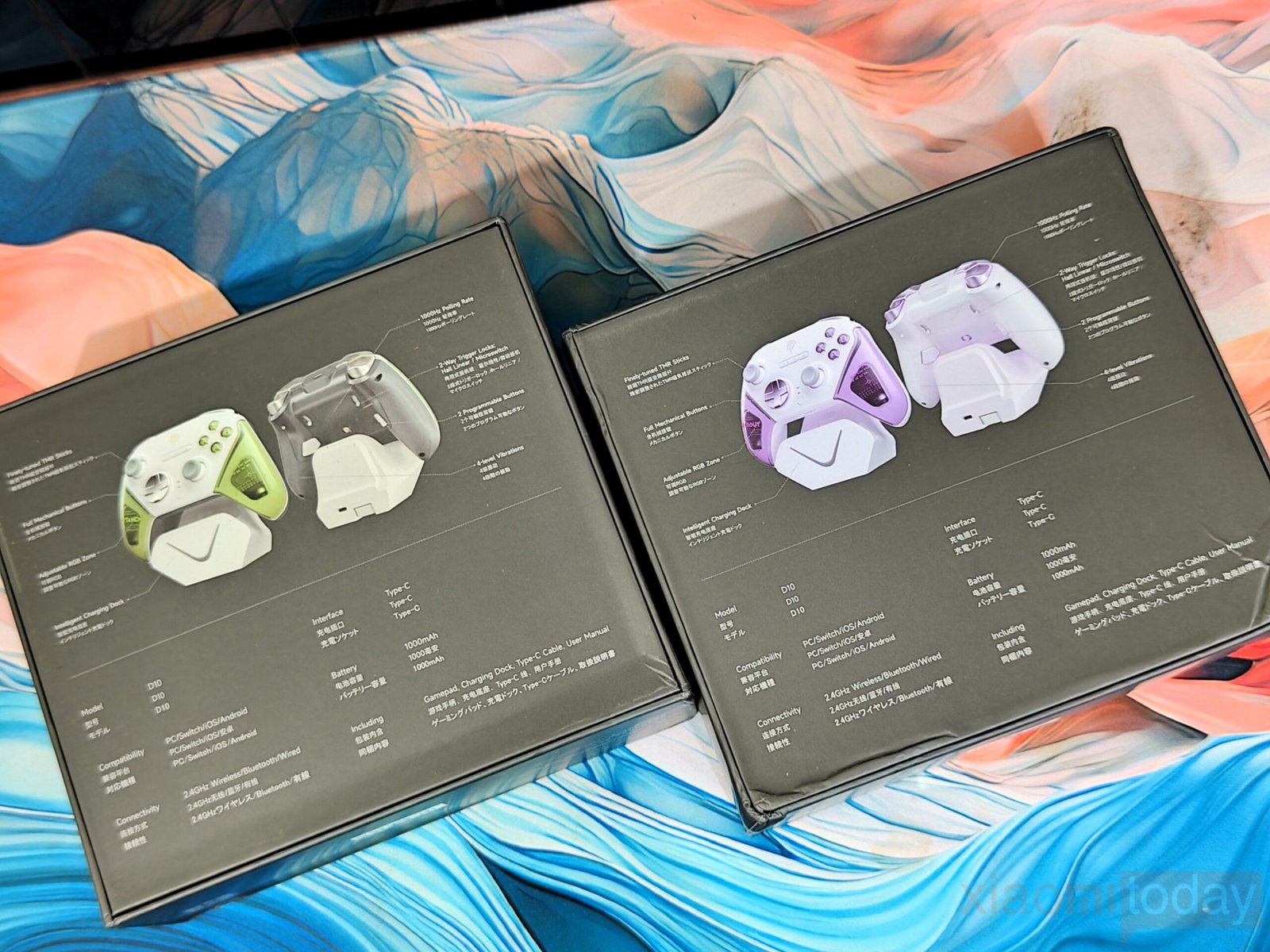
The EasySMX D10 comes in a solid black box with a simple, modern design. The front shows a large image of the controller with its green accents and highlights key features like TMR sticks, mech-tactile buttons, and the charging dock. The EasySMX logo is placed at the top for clear branding. On the back, the box lists technical details such as compatibility with PC, Switch, iOS, and Android, a 1000Hz polling rate, 1000mAh battery, and 2.4GHz wireless connectivity. It also mentions 2-Way Trigger Locks, adjustable RGB lighting, and the included accessories like the Type-C cable, charging dock, and user manual. The layout is clean and provides all the essential information at a glance.
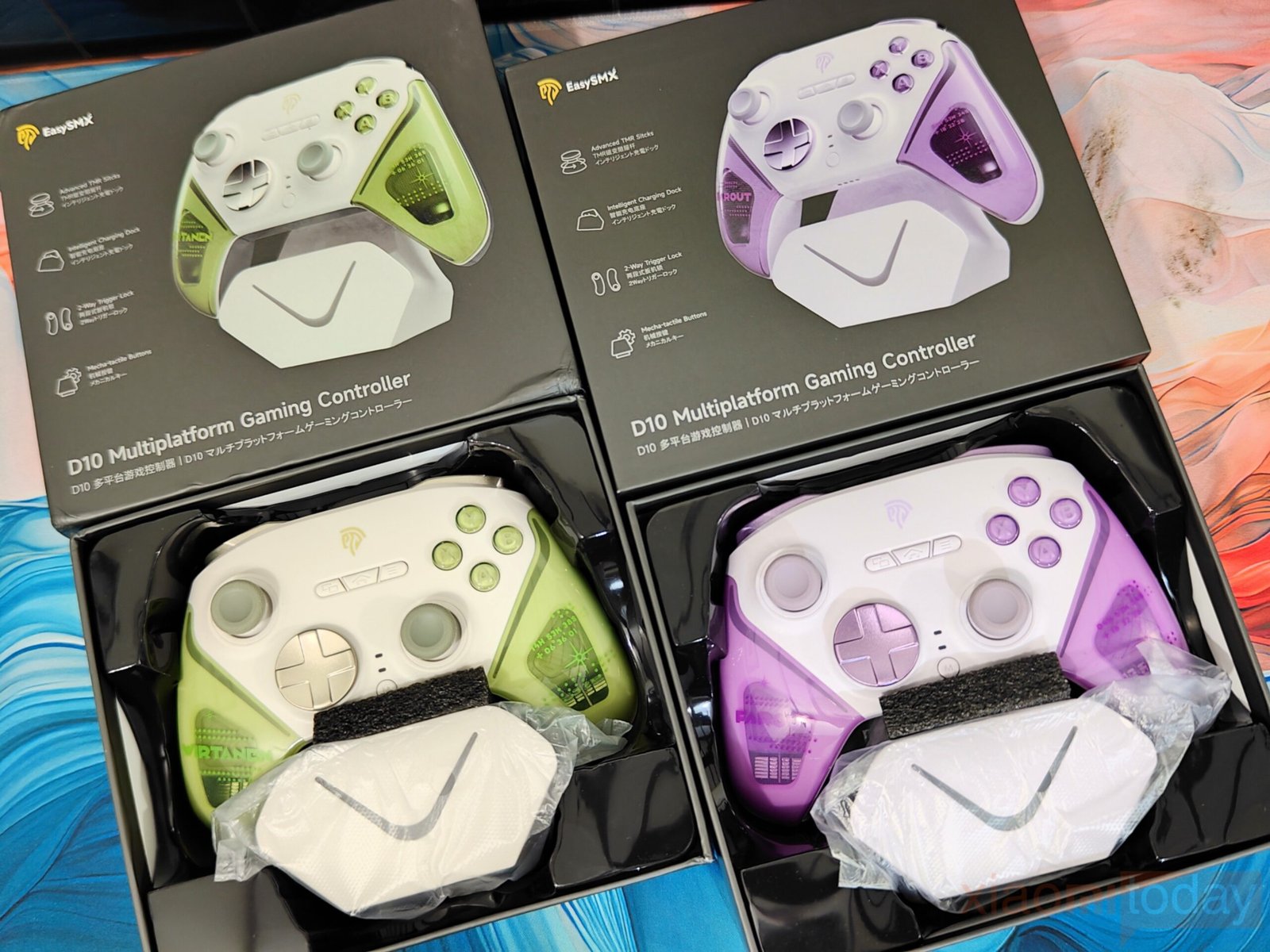
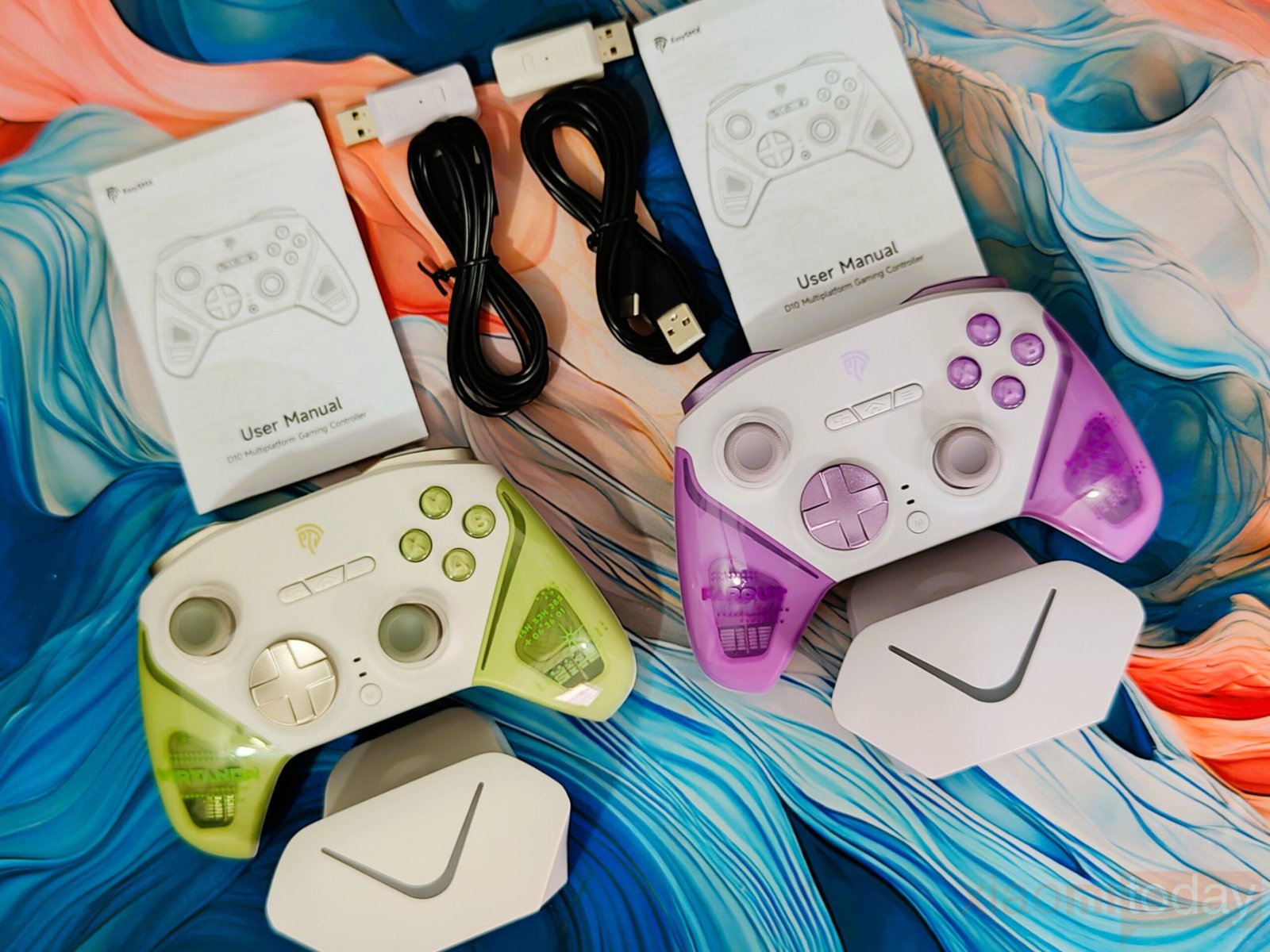
Inside the box, the D10 controller comes with all the essentials. Along with the controller, there is a 2.4G wireless receiver, a Type-C charging cable, a charging dock, and an instruction manual. The controller is available in two color combinations: purple and white, and green and white. Both versions were provided for review, offering a fresh and modern appearance that adds a bit of personality to the setup.
Design
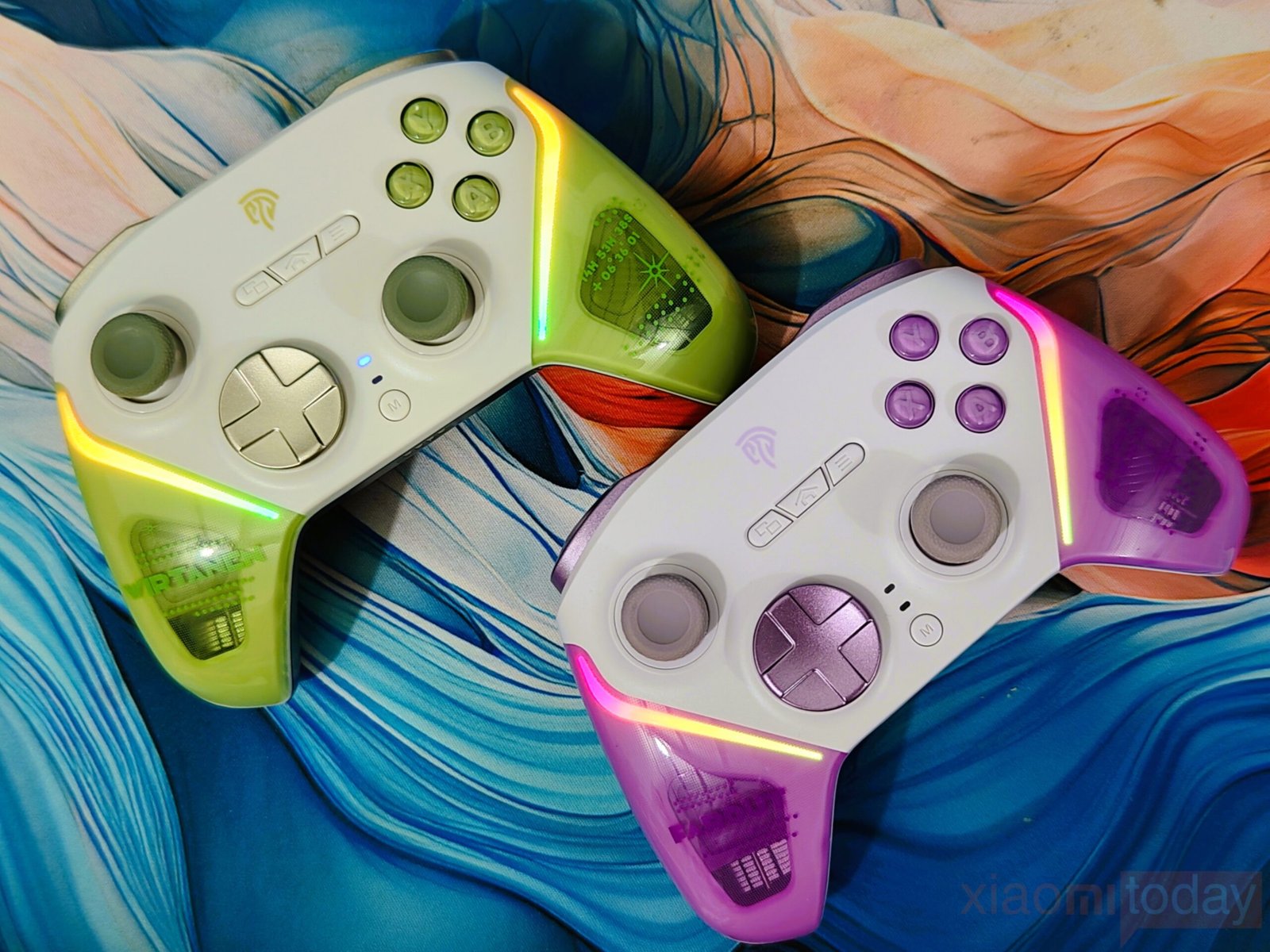
The EasySMX D10 feels well put together with a design that looks and handles like a clear upgrade over older models. It comes in Purple and Green, with a Black version later added for a more traditional option. The layout sticks to the familiar Xbox style, so most players will feel right at home. The grips use a two-tone material split by a slim RGB light strip that adds a bit of flair without being over the top. The semi-transparent sections show blade-shaped LEDs that indicate connection status while adding a soft glow during use. The curved shape sits naturally in the hands, and the raised dot texture gives just enough grip to keep it steady without feeling rough. The contrasting colors and clean lines give it a modern, polished look.
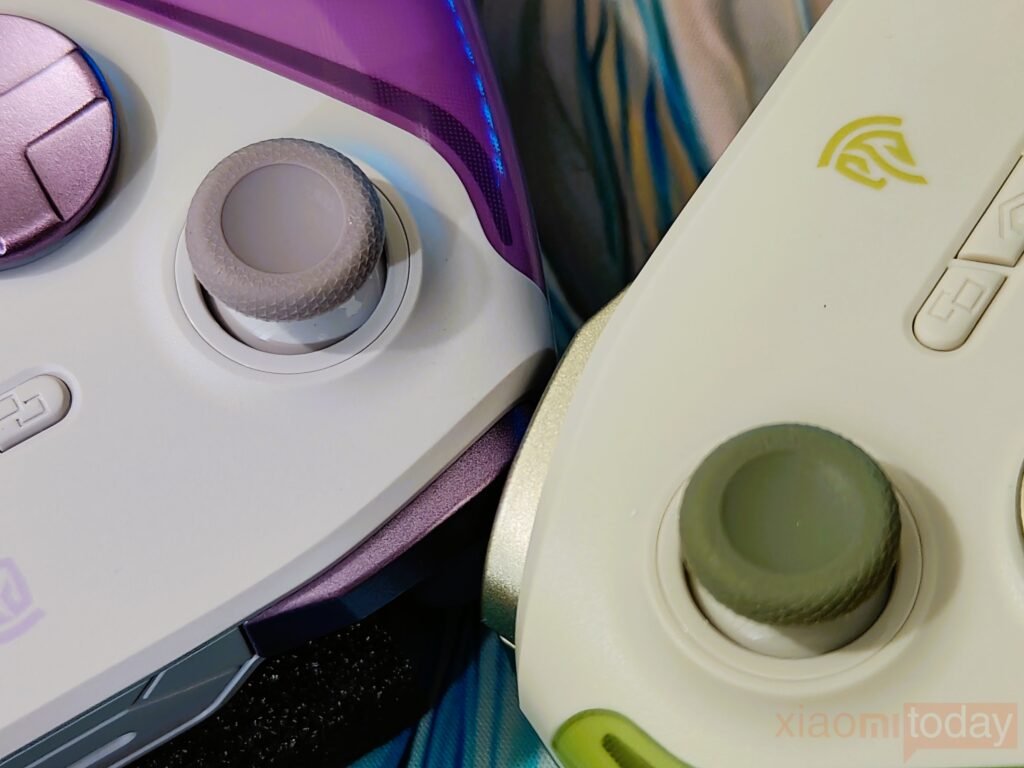
The EasySMX D10 uses a TMR joystick that delivers high sensitivity and eliminates drift issues. During testing, the joystick felt smooth and responsive, allowing precise control even with small movements. Compared to typical Hall effect joysticks, the TMR design offers 4–6 times better accuracy, which is noticeable when aiming or making fine adjustments in games like Zelda. The magnetic resistance system combines the precision of carbon film joysticks with the durability of Hall sensors, providing consistent performance in extended sessions. With a 1000Hz polling rate and ≤1ms response time, inputs register quickly, making it well-suited for games that require accurate and delicate control.
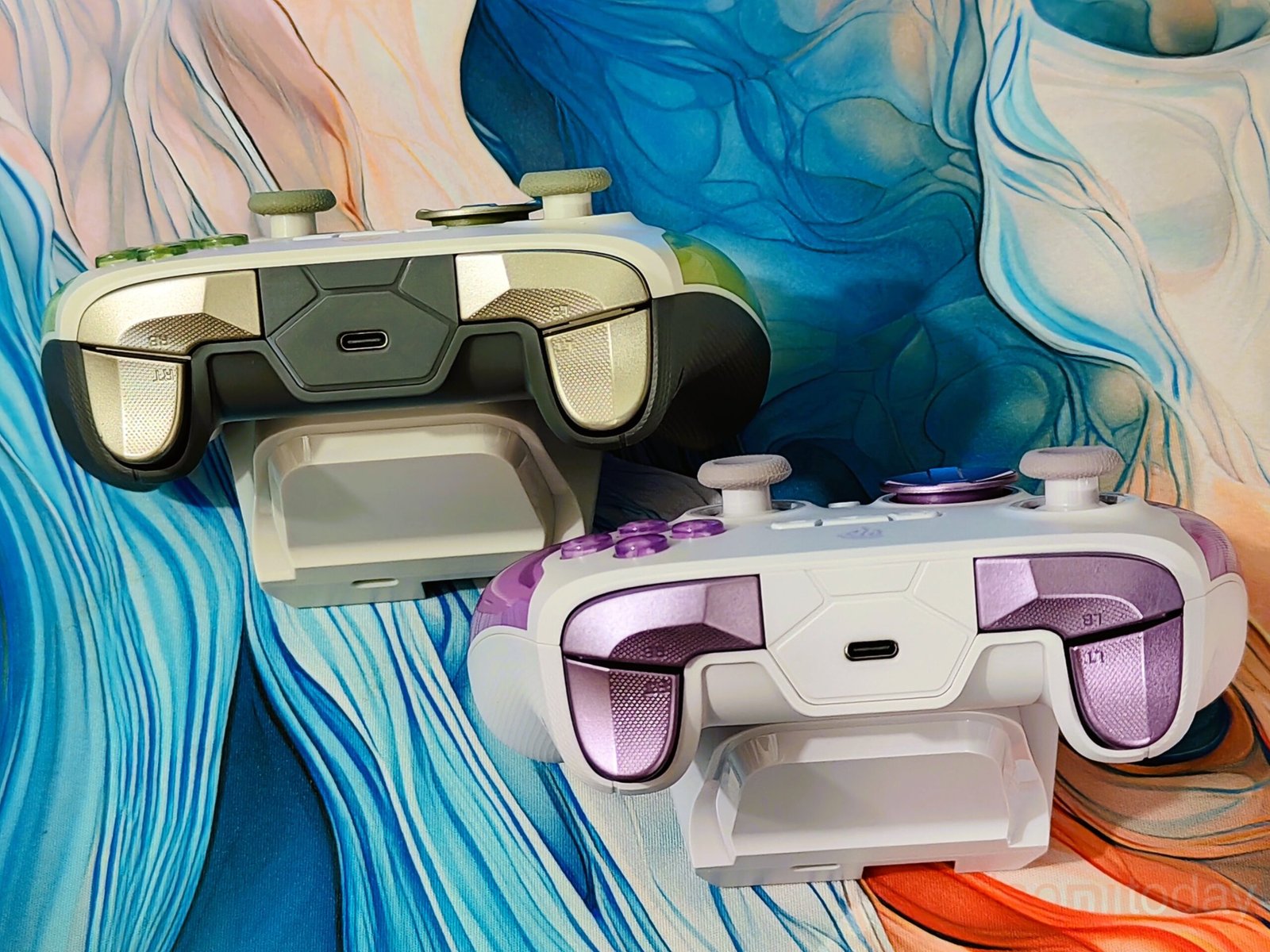
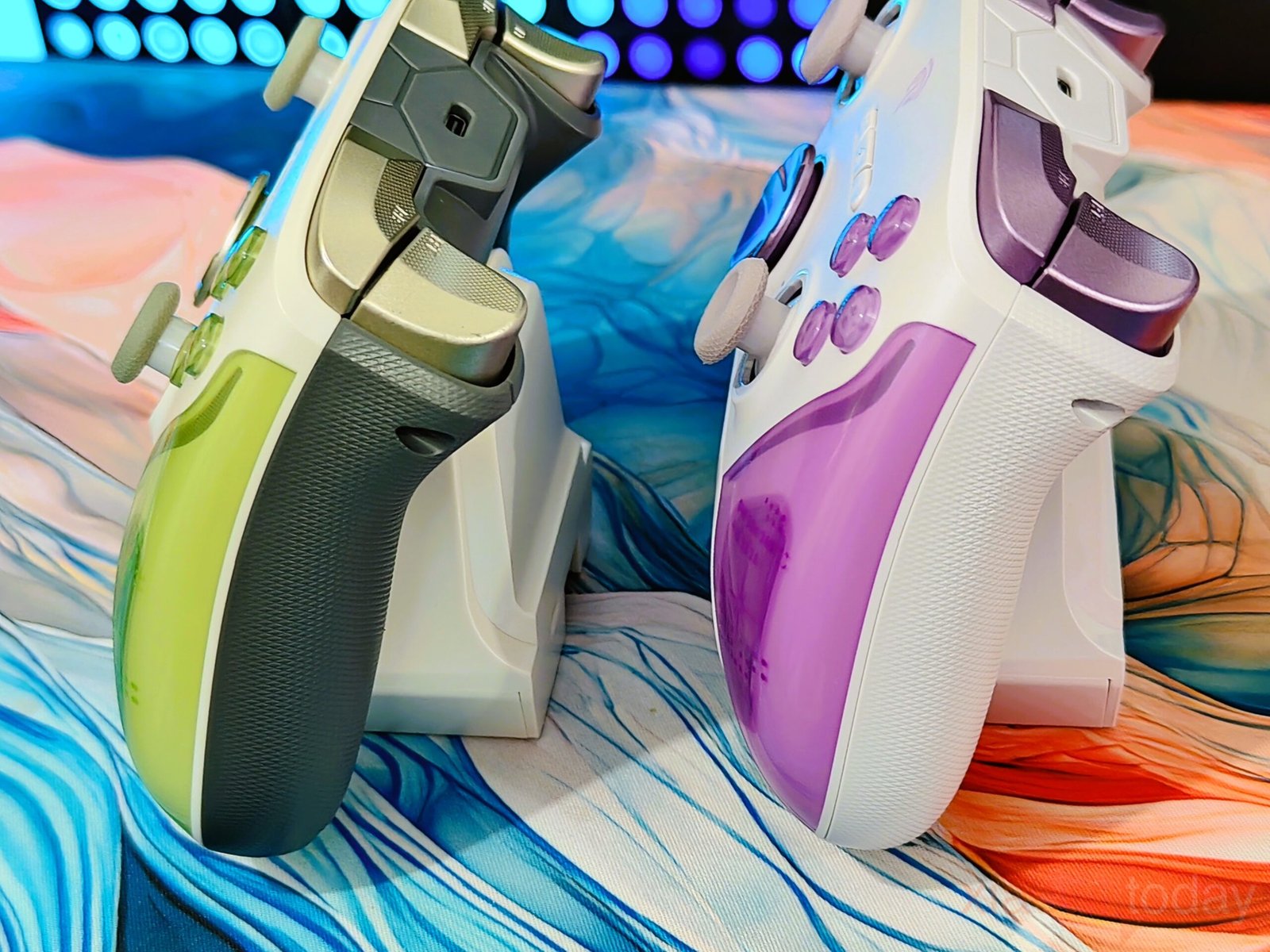
The controller has shoulder and trigger buttons on the top, with the shoulder buttons using micro-switches for faster response. The triggers follow a design similar to the Xbox Elite controller, supporting both Hall effect linear triggers and mechanical micro-triggers. A single switch allows quick toggling between the two modes. The linear mode gives smooth, gradual input for racing games like Forza Motorsport, while the micro-trigger mode offers quicker actuation for shooting games that require fast reactions. This makes it easier to adapt the controller to different types of gameplay.
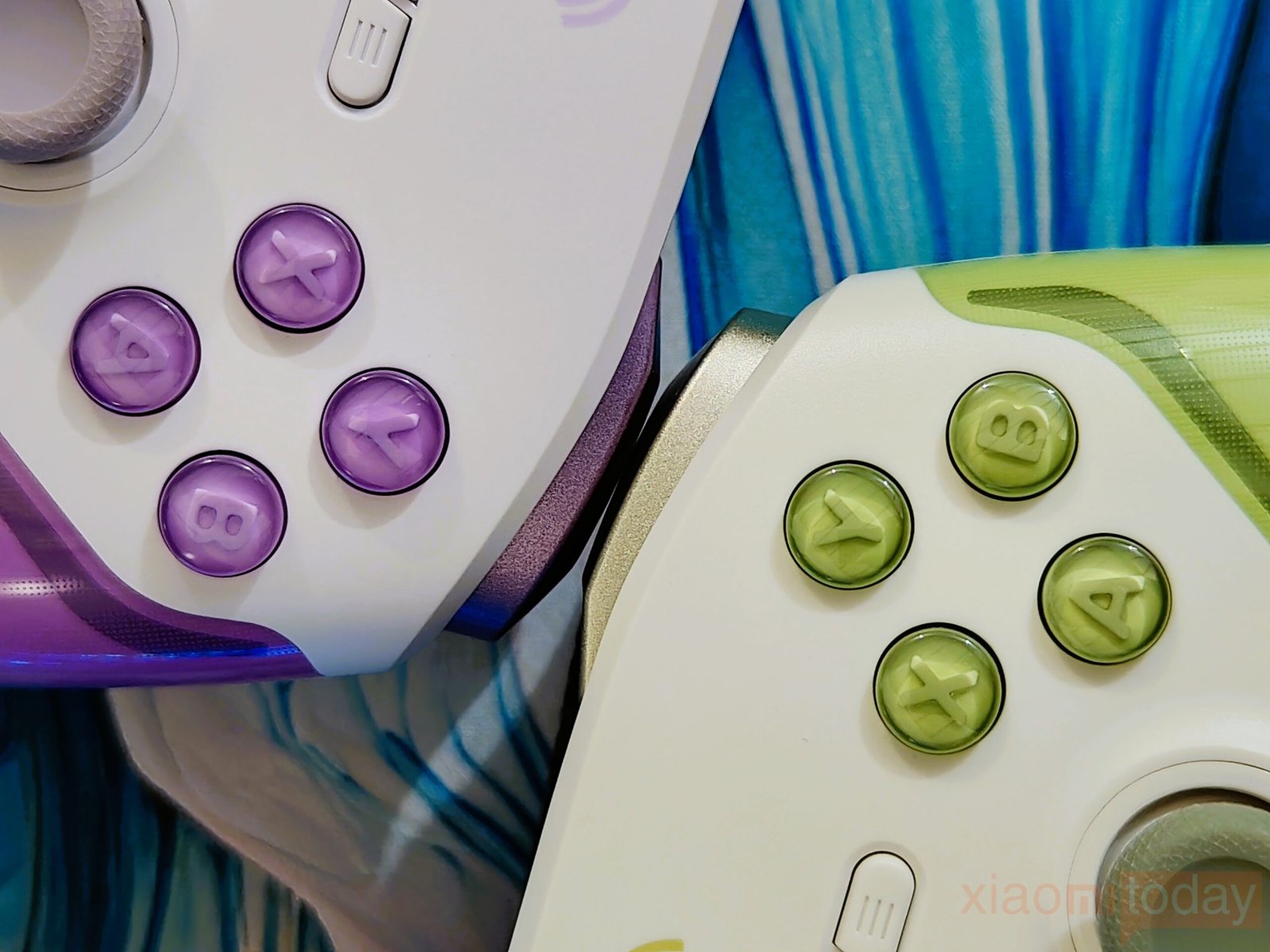
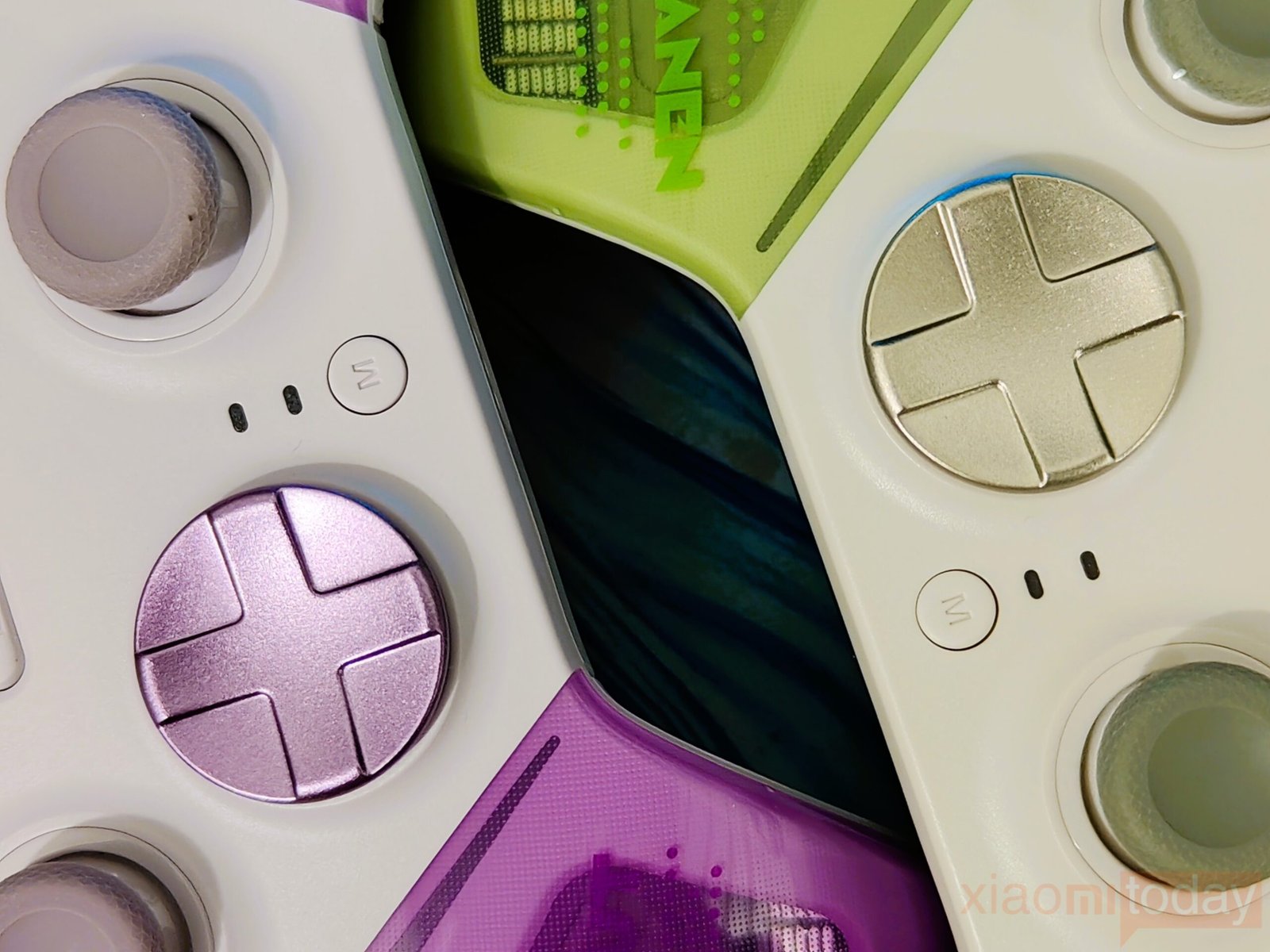
The D10 uses mechanical micro-switches on both the ABXY buttons and the D-pad, giving each press a sharp and consistent feel. The cross-button design feels more precise than the typical 4 or 5-layer structures found in many controllers. Its seven-layer, eight-directional layout provides clear feedback for directional inputs, which worked well during Street Fighter 6 matches. Moves and combos came out smoothly without the usual issues of missed inputs or unclear positioning. The micro-switch setup also helps with fast triggering and is built to last through heavy use.
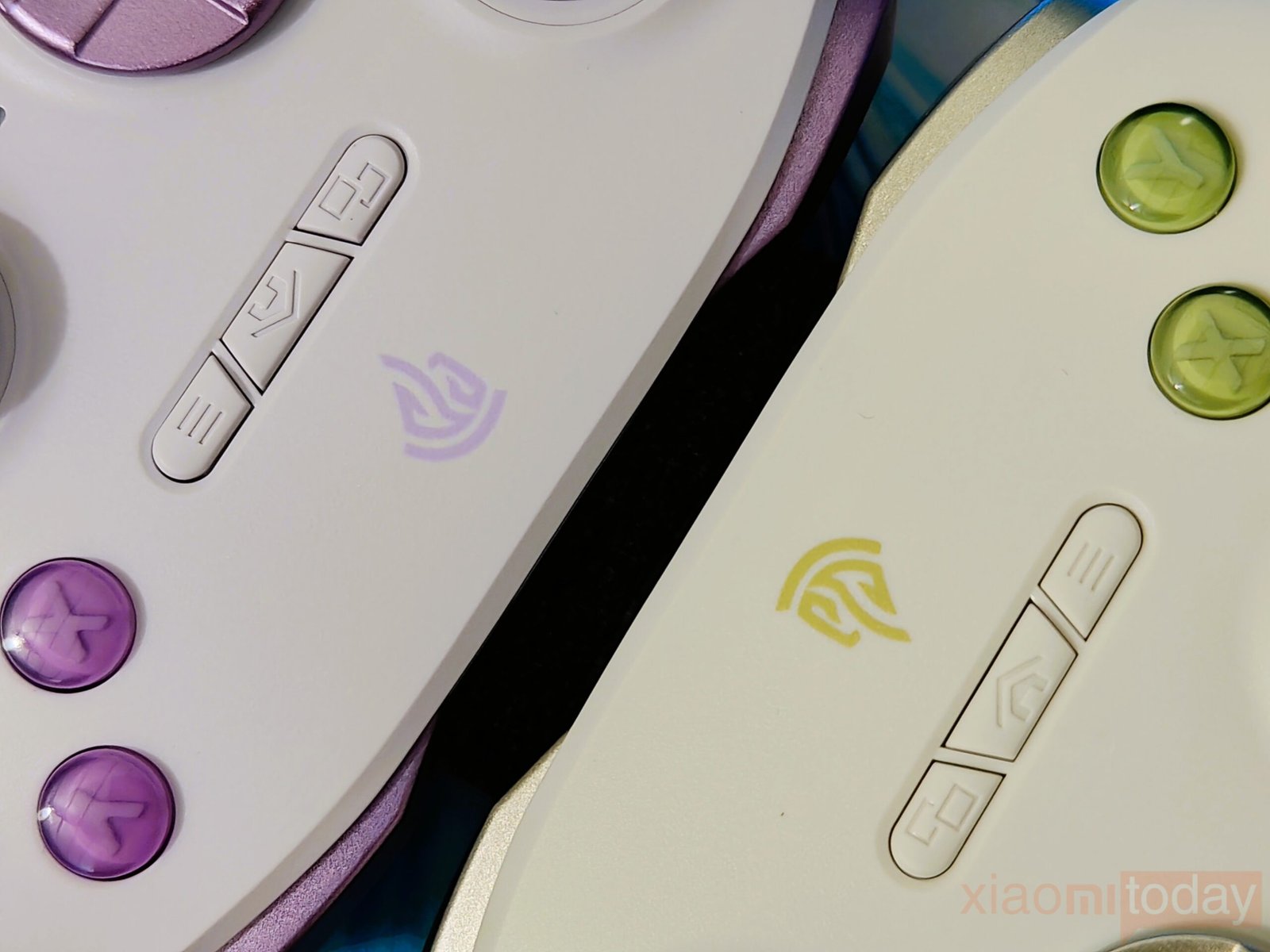
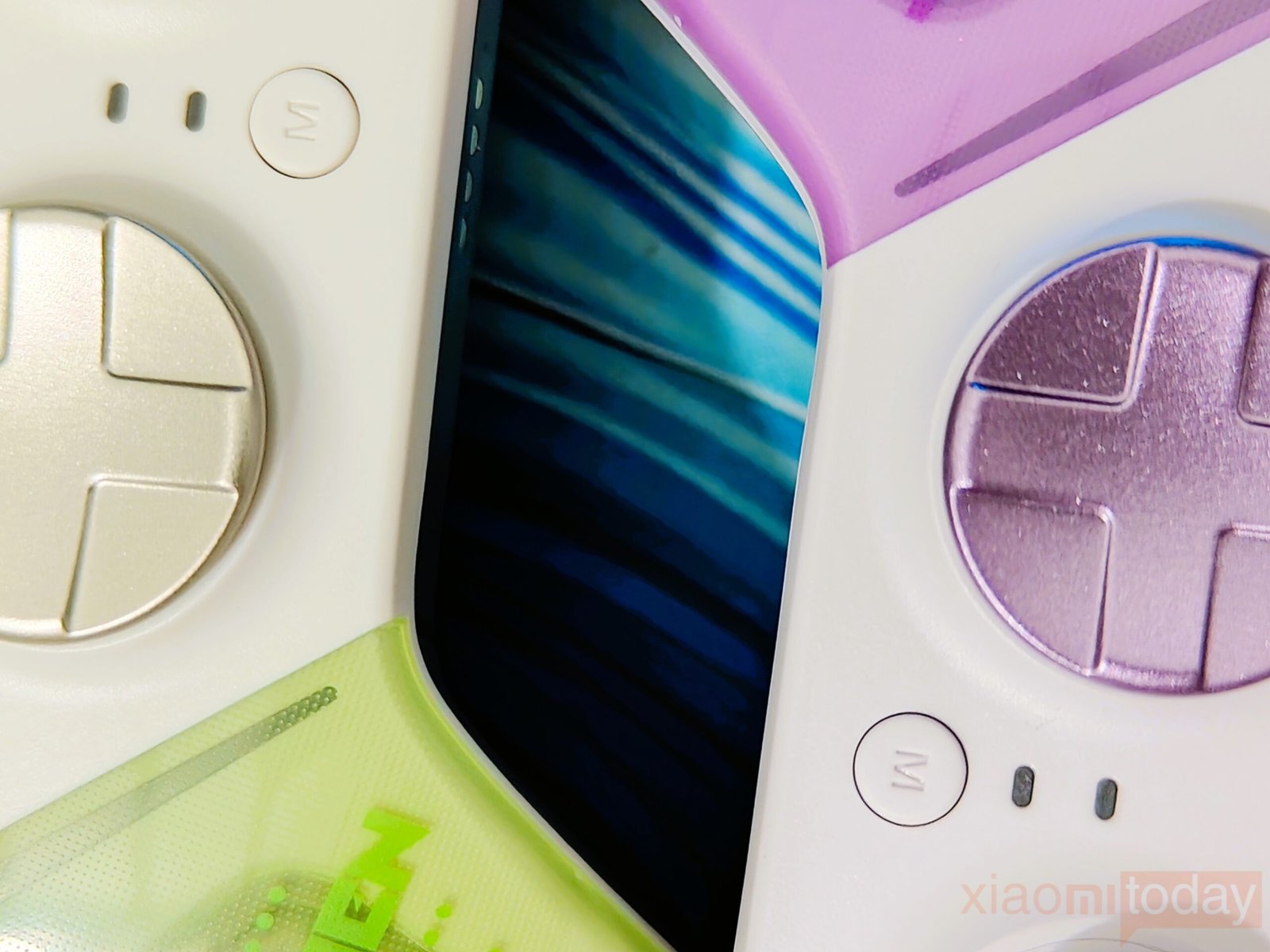
The EasySMX D10 has the View (“-”), Menu (“+”), and HOME buttons placed within easy reach, making navigation straightforward. A purple and yellow logo shaped like a flame or swirl sits on the front, adding a subtle design touch. The controller also features indicator LEDs that show connection status and charging progress at a glance. In the center, the “M” button serves for Turbo and Capture functions and can be used to access different modes or settings. The overall layout feels familiar and easy to use during gameplay.
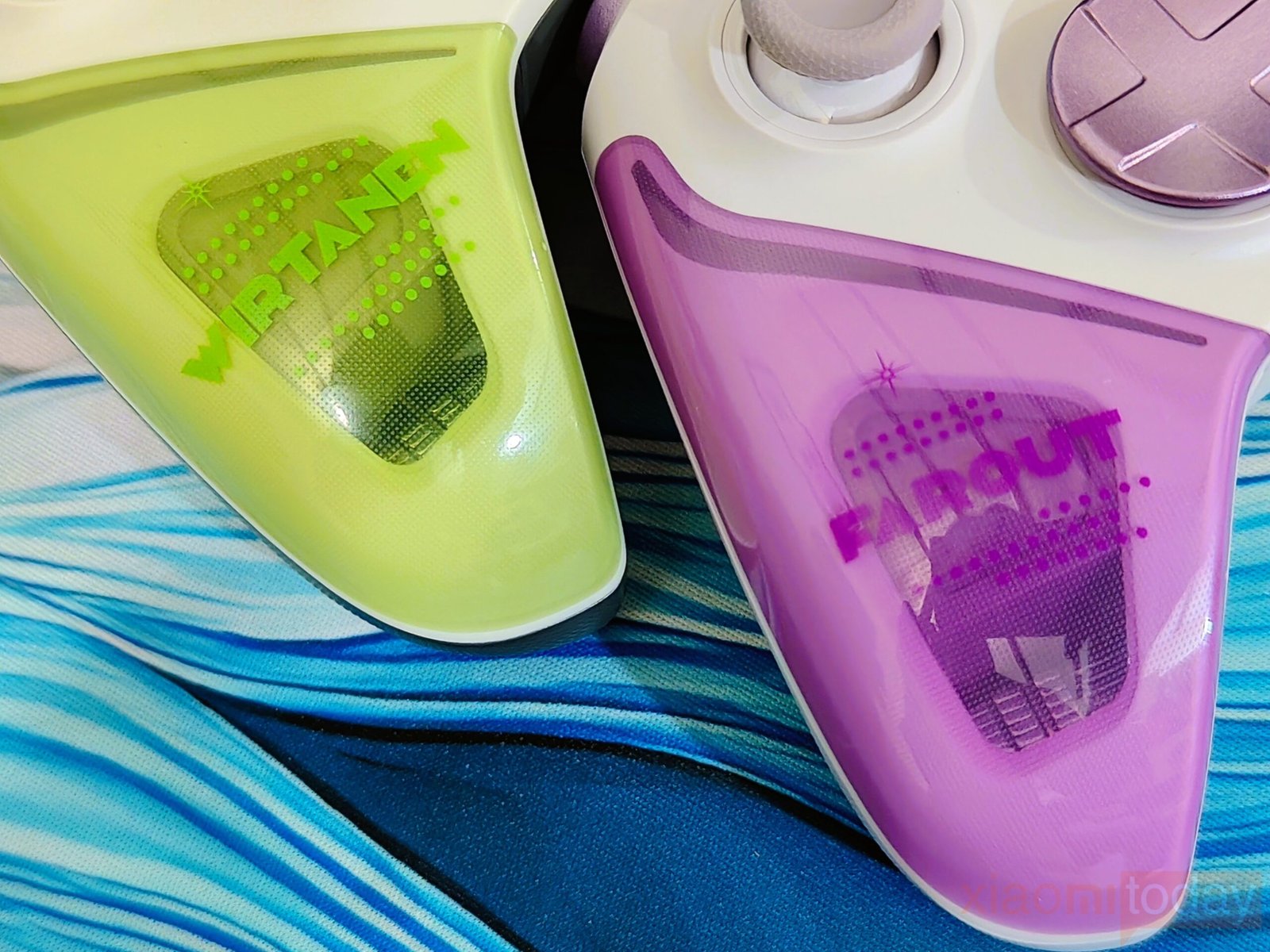

The handle grips on these controllers are shaped for comfort and finished with a translucent layer that shows the vibration motors inside. The green model uses a lime green grip with the word “VIRTAN” embossed, while the purple version has a bright purple grip with “FLYOUT” displayed. Both grips feature a dotted texture that helps maintain a secure hold during use. The overall design feels modern and functional, with an emphasis on ergonomics for extended gaming sessions.
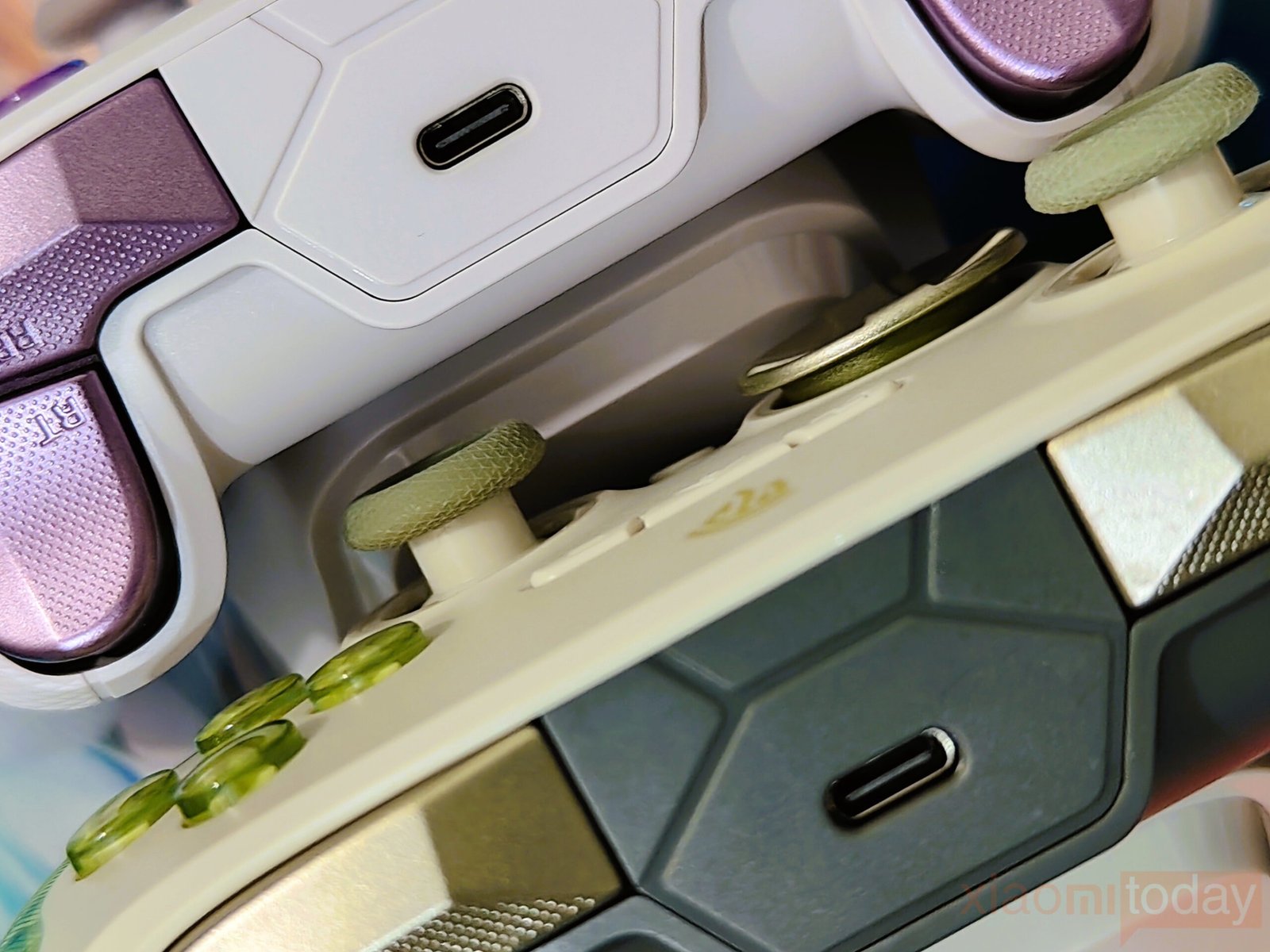
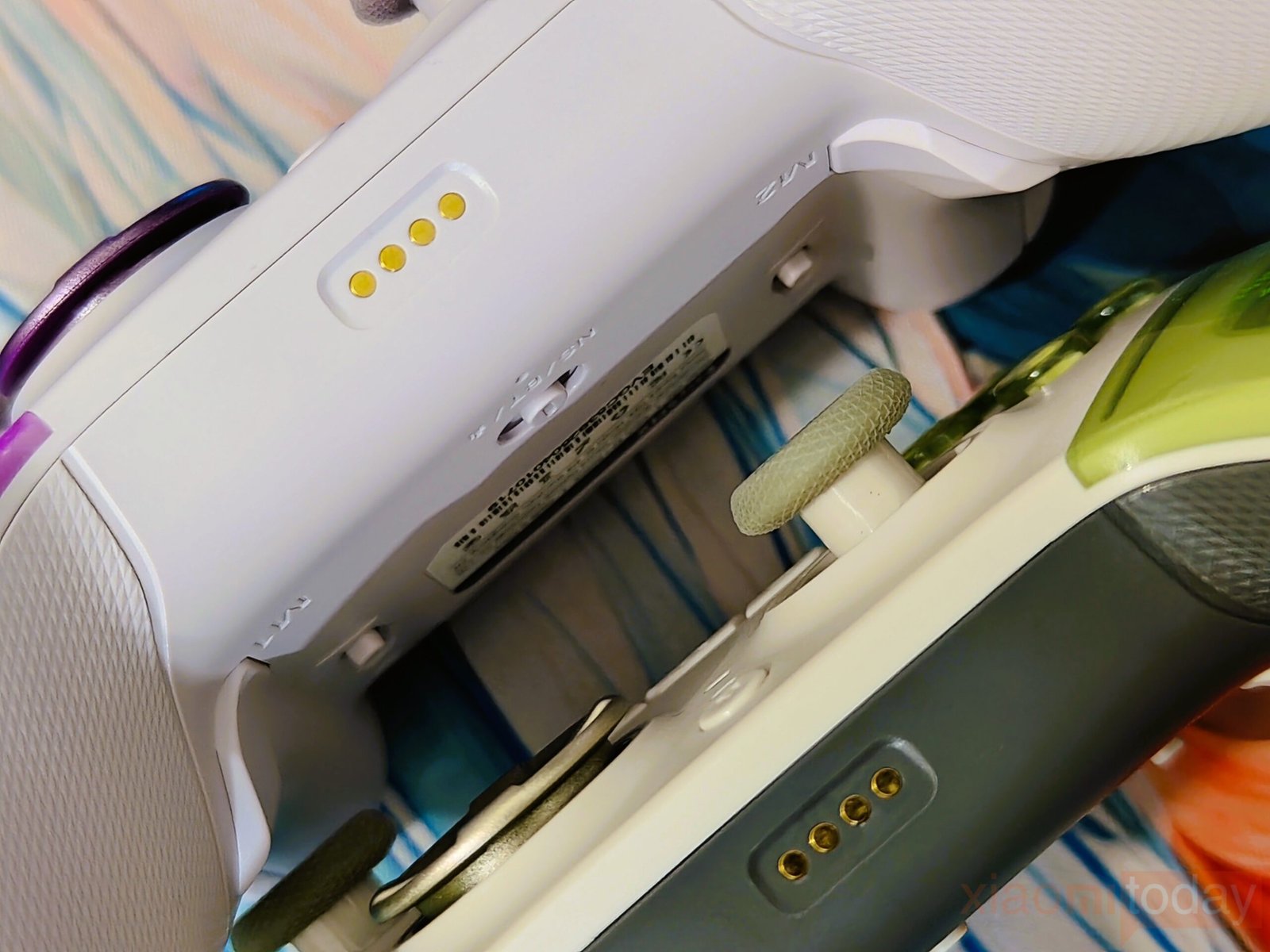
The controller has a USB Type-C port placed at the top center for easy access. It works for both charging the built-in battery and connecting directly to a console or PC for wired play. The reversible design of USB-C makes it simple to plug in without worrying about cable orientation. At the bottom, there are four gold-plated contacts that act as charging points. These are designed to work with a charging dock, allowing the controller to recharge by resting it on the dock. This setup also supports additional functions like firmware updates when connected.
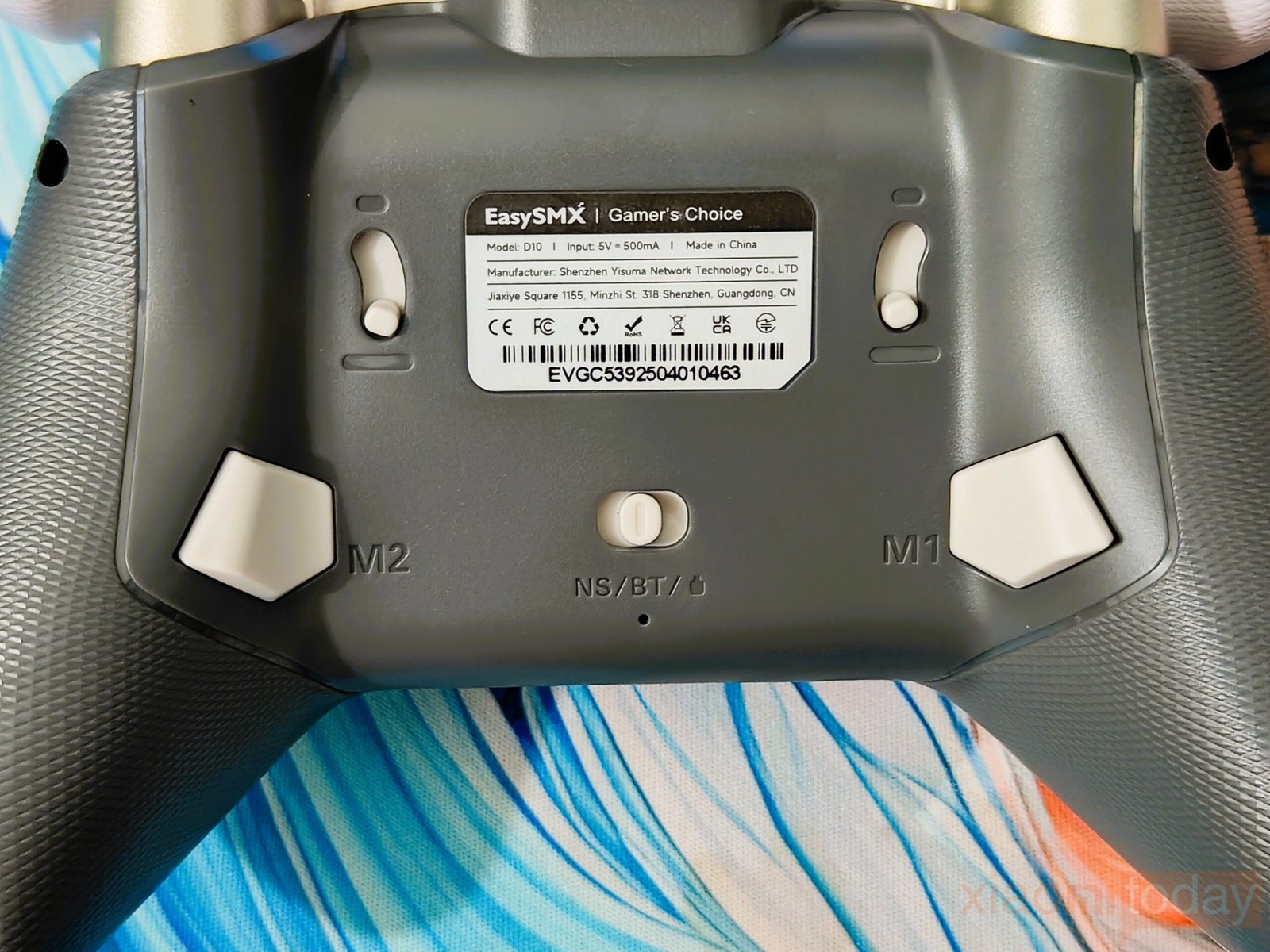
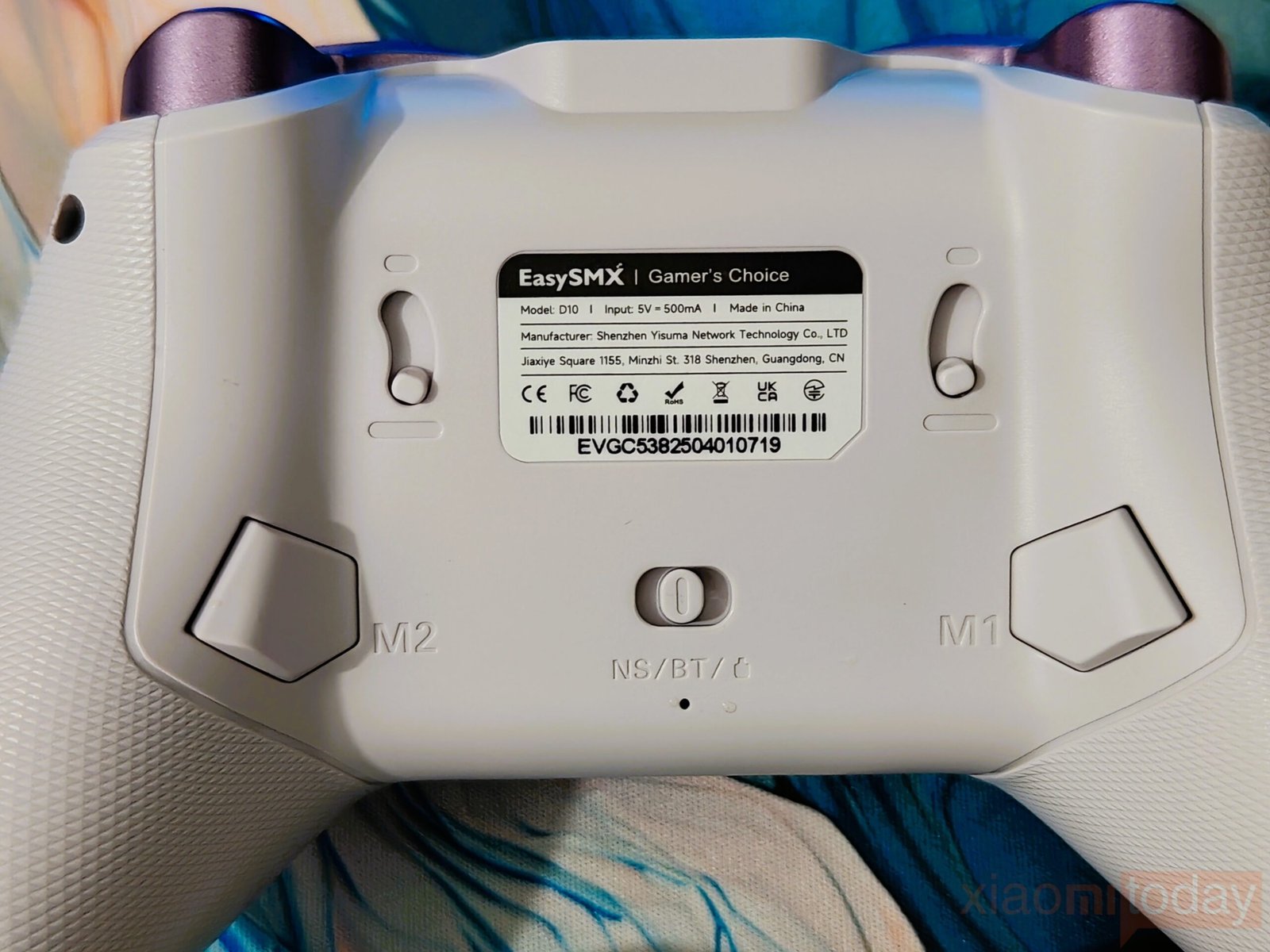
The controller features M1 and M2 buttons on the back that can be customized for different actions. These rear buttons support macro settings, allowing players to assign complex combos or frequently used commands to a single press. This can be useful in side-scrolling games for performing combination moves more efficiently. A mode switch at the bottom makes it simple to change between PC, Switch, mobile phones, and tablets. The controller also carries the EasySMX branding with the tagline “Gamer’s Choice” on the label.
EasySMX D10 2.4GHz Dongle
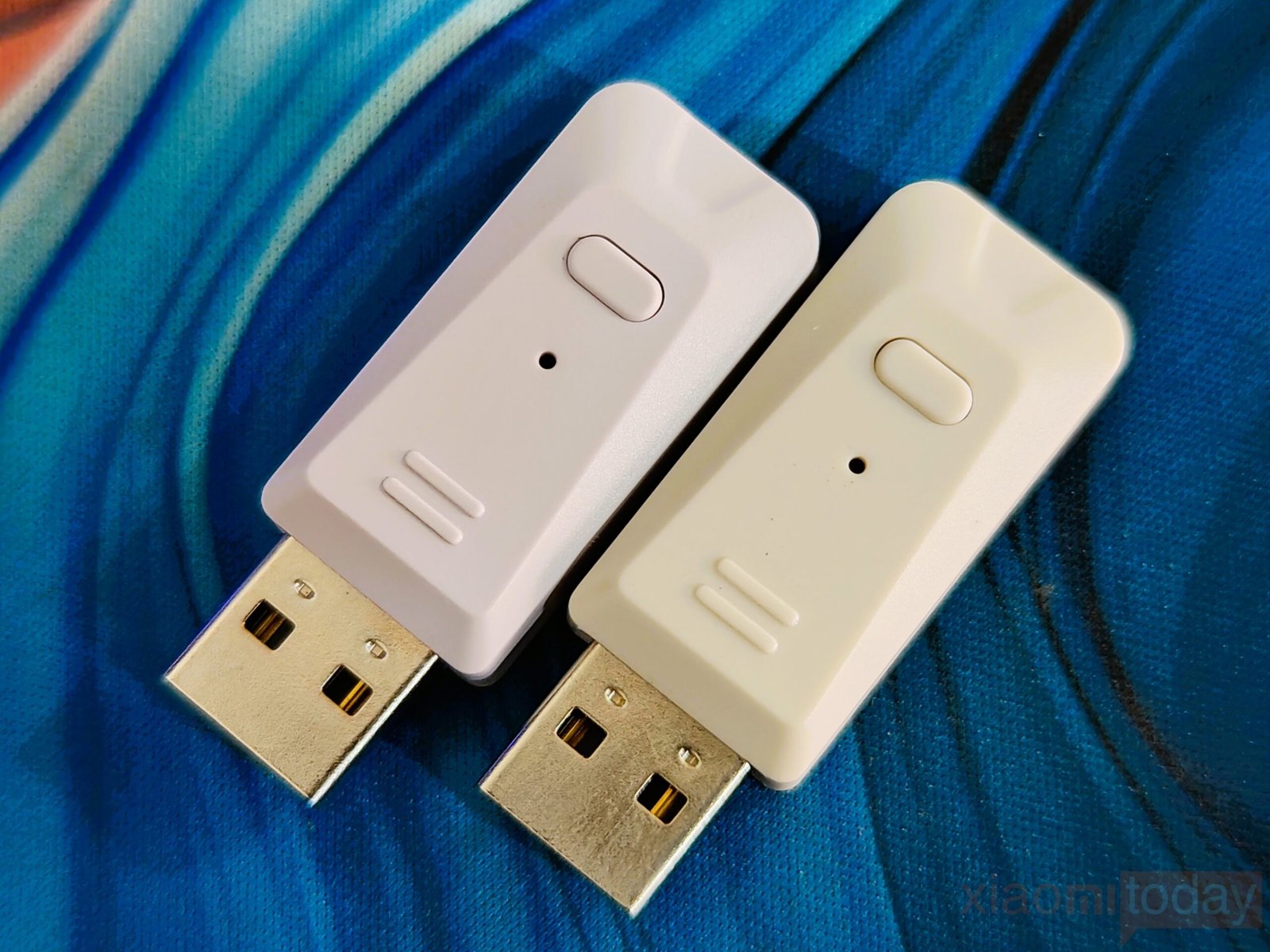
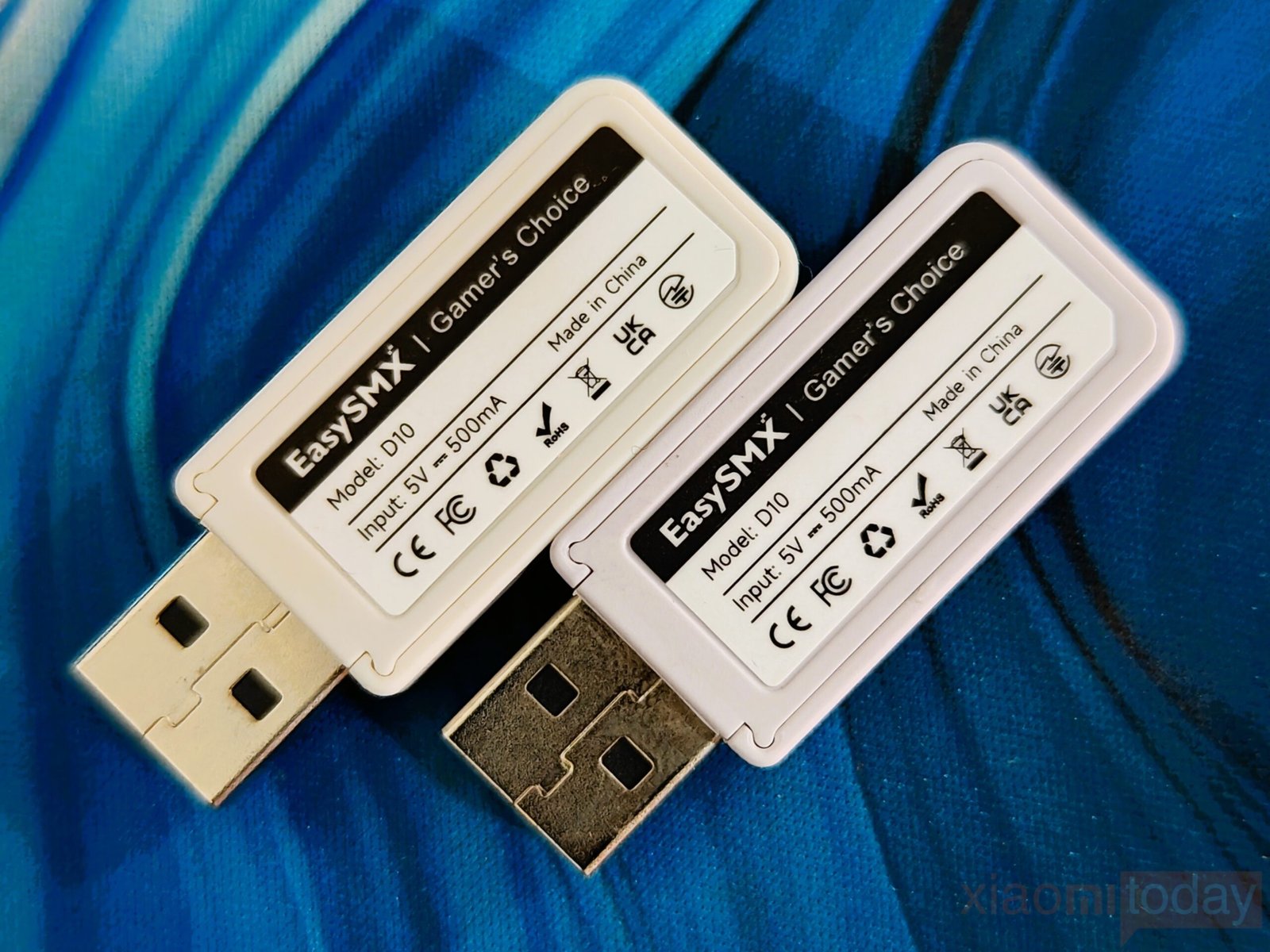
The EasySMX D10 2.4GHz dongle has a compact, rectangular design with a matte finish that feels durable. It uses a gold-plated USB Type-A connector for stable connections and features a single top button for pairing, along with a small status LED. Branding on the back includes the EasySMX logo and “Gamer’s Choice” tagline, while subtle side ridges add a touch of texture without affecting use.
Charging Dock and Battery
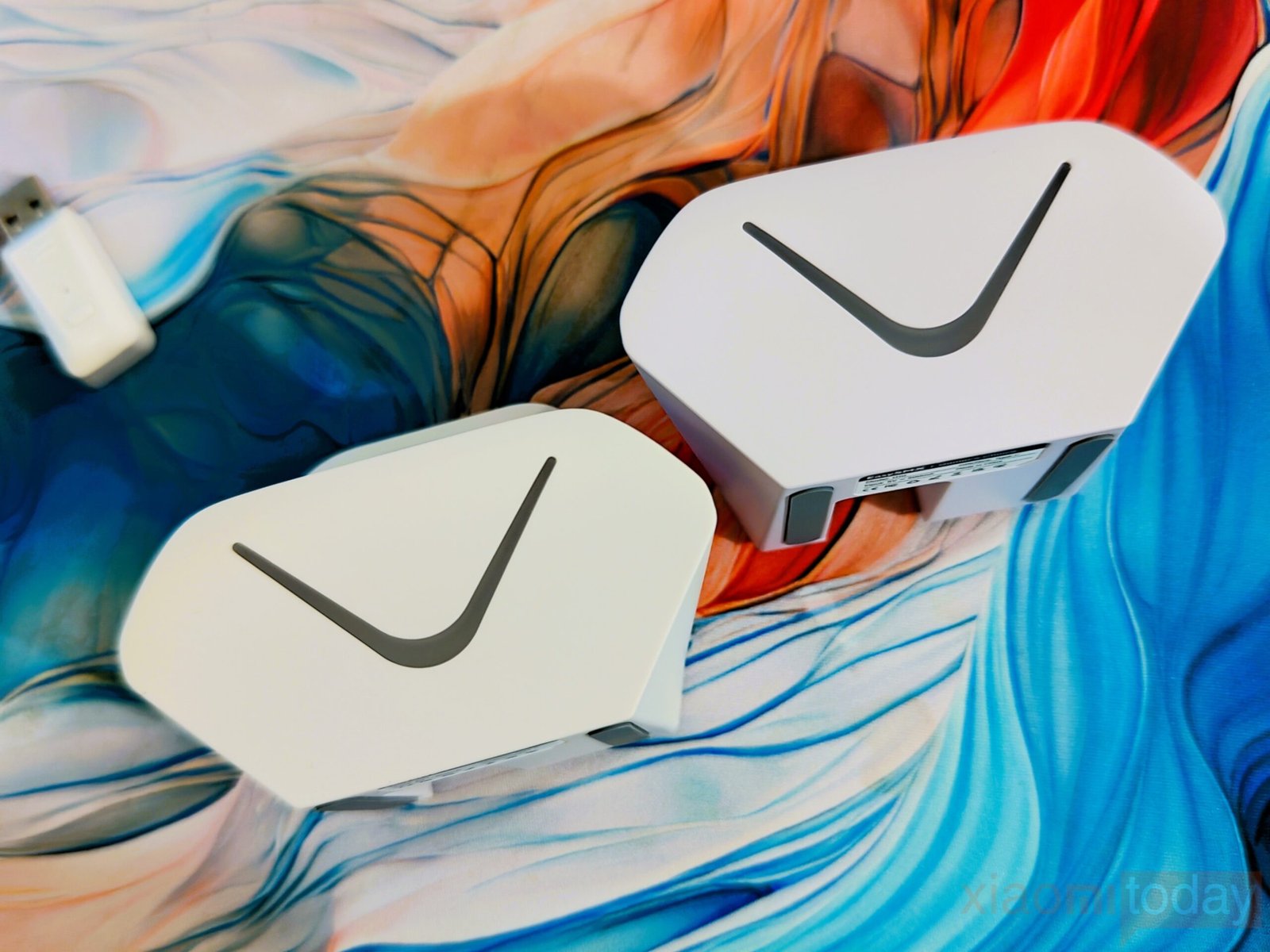
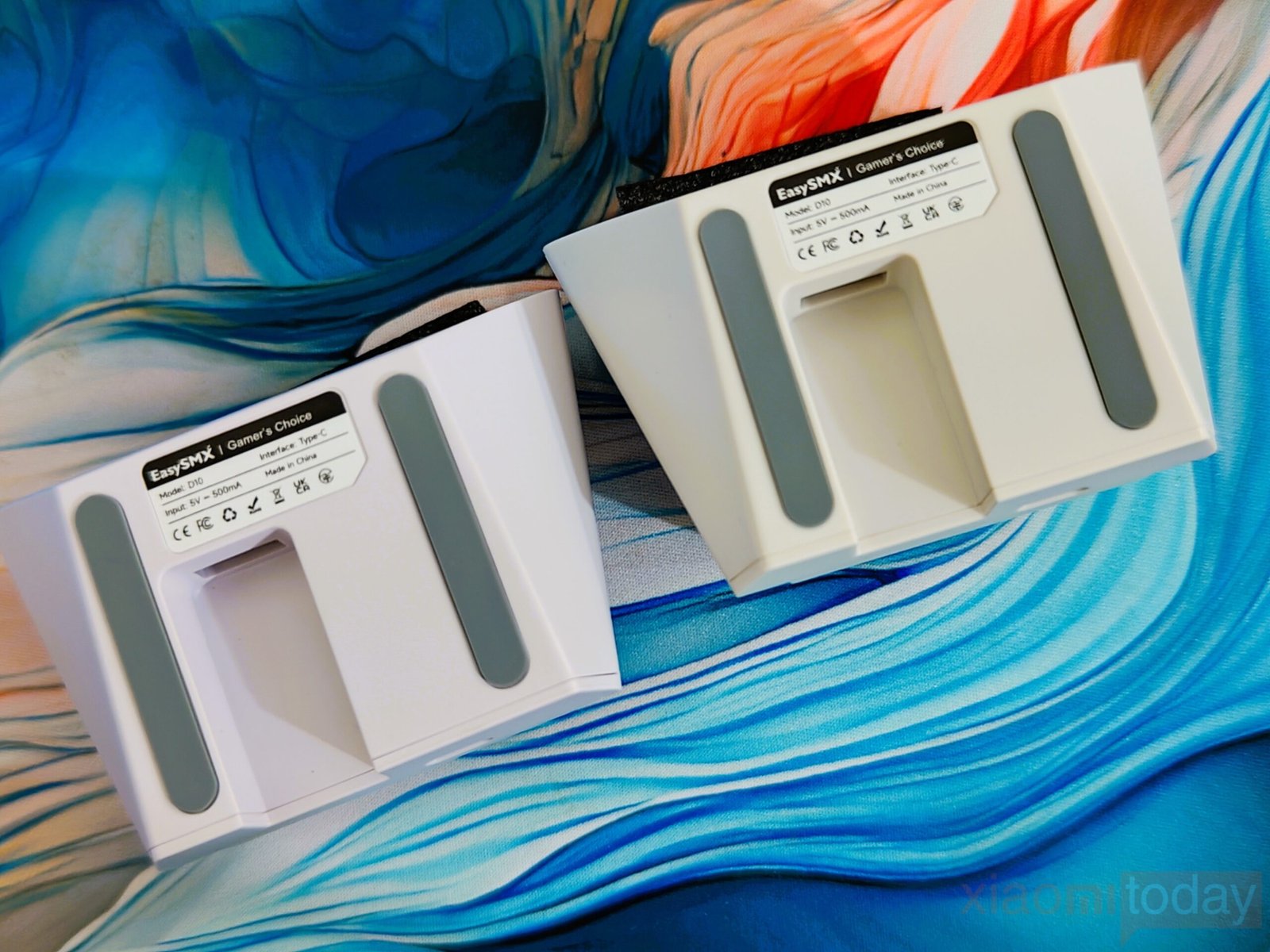

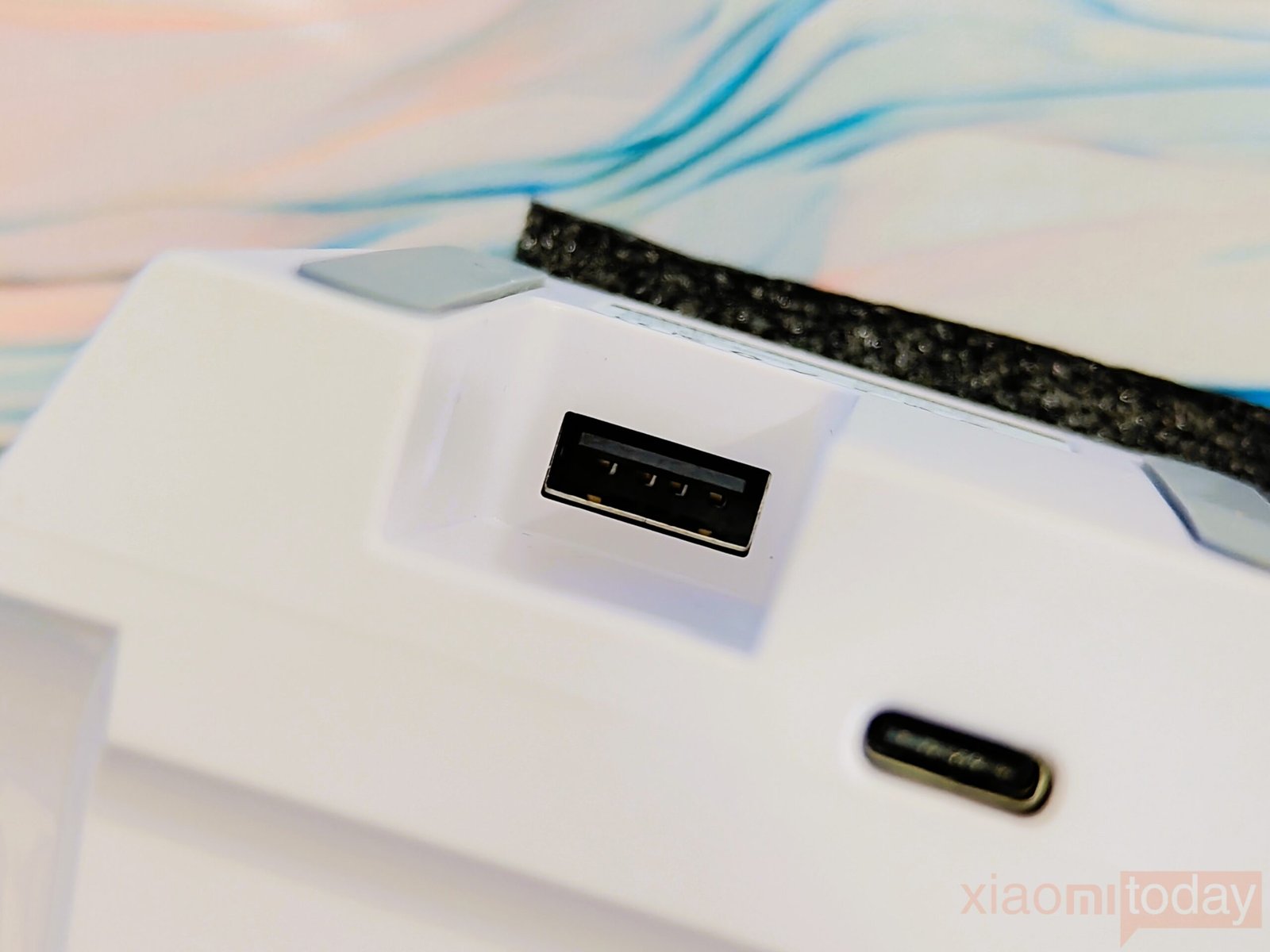
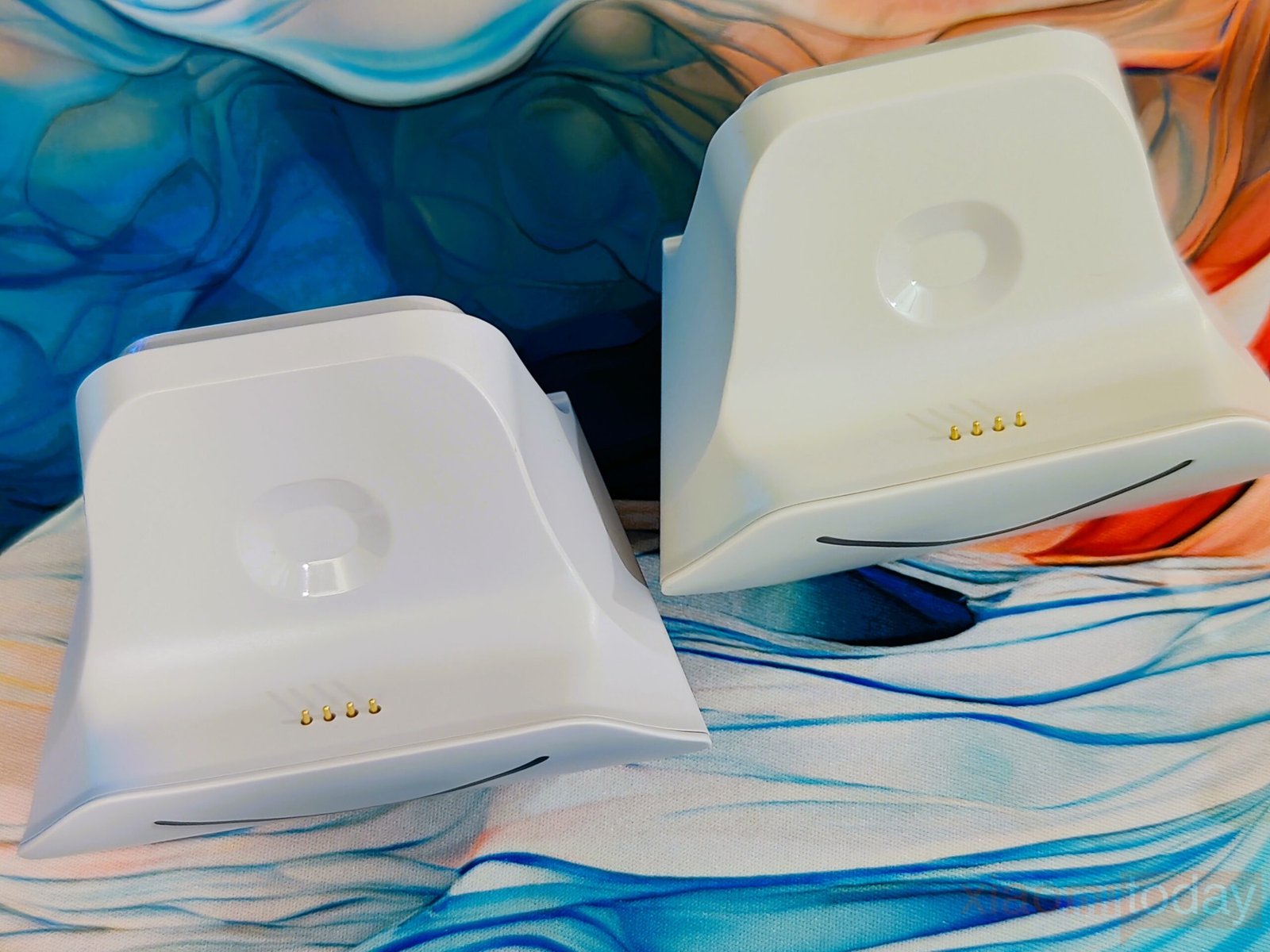
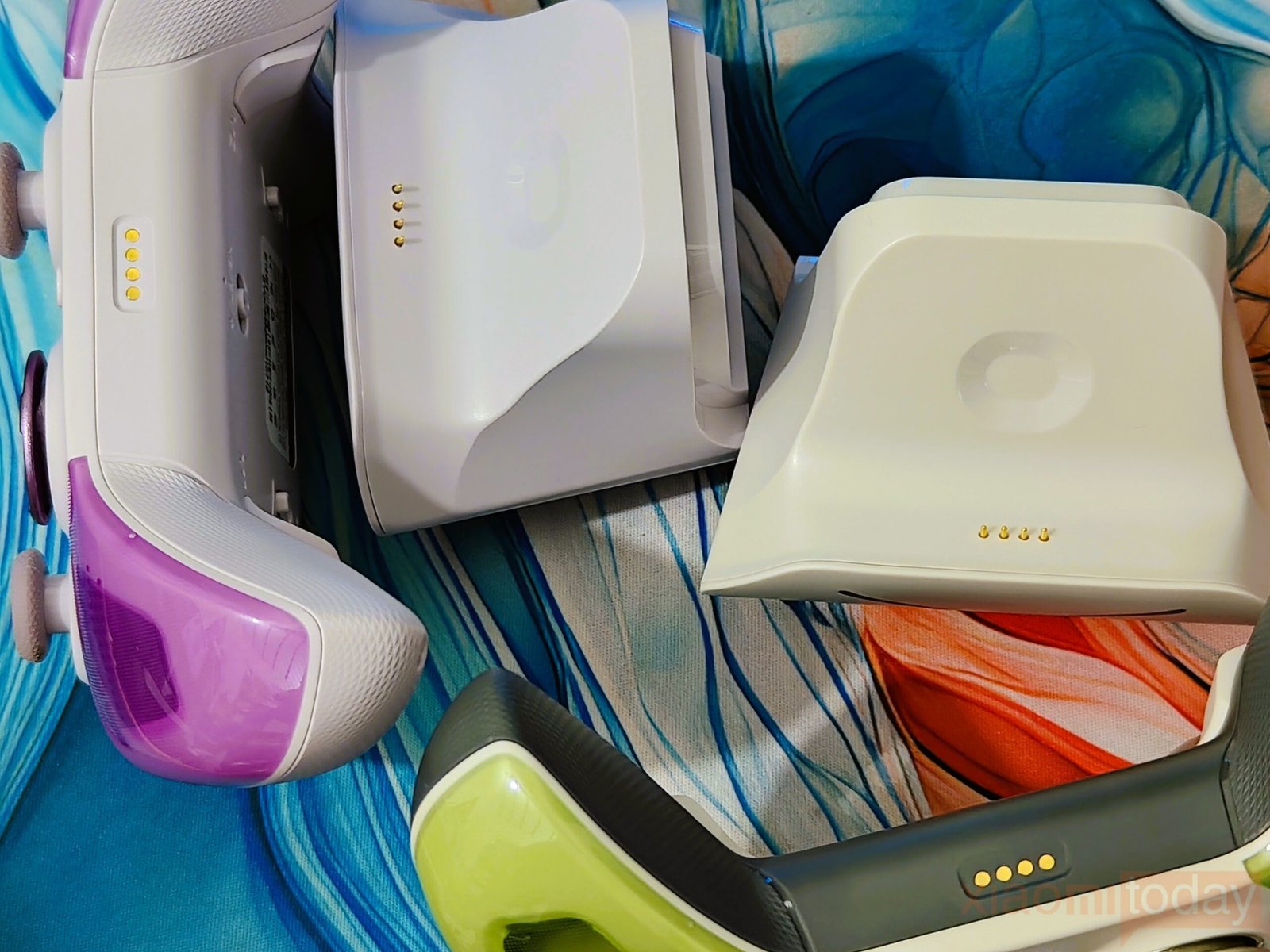
The EasySMX D10 Controller charging dock strikes a balance between practicality and style with its compact, wedge-shaped design. Its clean white finish gives it a modern look that blends well with most gaming setups. The top surface features a contoured slot with a circular cutout, designed to guide the controller into place, while gold-colored contact pins ensure a secure connection during charging. On the rear, a centrally placed USB-A port and a USB-C port below it are neatly aligned within the curved edge for easy cable management. The base includes rubber pads that keep the dock steady on various surfaces.
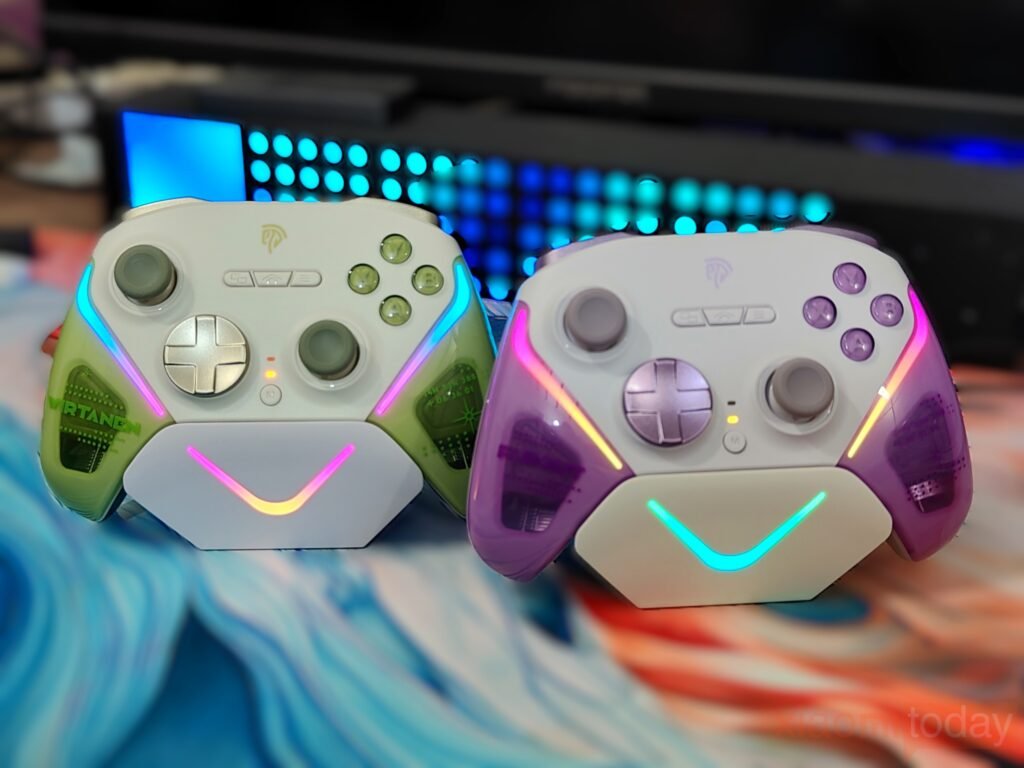
The controller comes with a rechargeable base that features RGB lighting, adding a subtle visual touch to your setup. When not in use, you can simply place the controller on the base, which immediately starts charging and also disconnects the connection to prevent unnecessary battery drain. This setup feels practical for daily use, keeping the controller ready to go while reducing clutter on your desk.
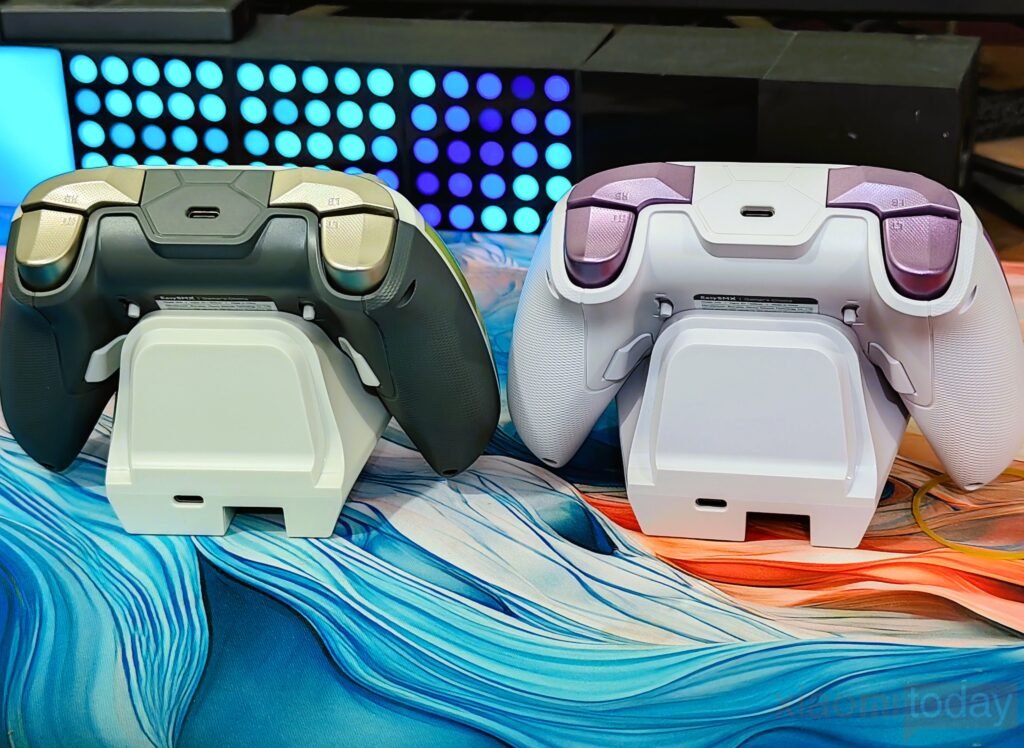
The controller includes a 1000mAh battery and a smart start-stop charging base that makes charging and storage simple. When placed on the base, it connects magnetically and begins charging automatically. Once the battery is full, the base cuts off power to avoid overcharging and protect battery health. A storage slot under the base holds the 2.4G receiver securely, helping to keep the desk organized and freeing up a USB port. The magnetic connection is firm enough to keep the controller in place without needing adjustment.
| Feature | State | Description |
|---|---|---|
| Charging Indicators | Off State | LED2 Solid While Charging, Turns OFF When Fully Charged. |
| Connected State | LED Shows Mode (X-input / D-input / Switch Mode). | |
| Power Off | – | Hold Home Button for 5 seconds or Auto Shutdown After 10 Minutes of Inactivity. |
| Low Battery Warning | Connected | Both LED2 Flash Rapidly to Indicate Low Battery. Recharge Promptly. |
Connectivity
The EasySMX D10 supports Bluetooth, 2.4GHz wireless, and wired connections, making it compatible with a range of devices, including PC, Nintendo Switch, and mobile phones. The mode switch is placed at the bottom of the controller and allows quick toggling between connection types. During testing, switching between devices worked smoothly, and the controller maintained a consistent button response across platforms without the need for re-pairing every time.
For PC gaming, the 2.4GHz wireless connection uses a USB receiver that pairs automatically in most cases. Plugging the receiver into a USB port and sliding the toggle to 2.4GHz mode allows the controller to pair once the Home button is pressed. The LED indicator flashes during pairing and stays solid with a short vibration when connected. If automatic pairing fails, holding the receiver button for three seconds activates pairing mode. Powering on the controller while holding the Home button for three seconds re-establishes the connection reliably.

The wired connection is straightforward. With the toggle set to 2.4GHz mode, connecting the USB-C cable to the PC instantly detects the controller as an Xbox device on Windows 10 and 11. No drivers were required, and the input response was immediate. This method also charges the controller while in use, which is useful during longer gaming sessions.
On mobile devices, Bluetooth pairing is simple. Sliding the toggle to Bluetooth mode and holding the Home button for three seconds puts the controller in pairing mode. It appears as “Xbox Wireless Controller” in the phone’s Bluetooth list. After selecting it, the LED locks solid, and a brief vibration confirms the connection. Reconnecting later requires only a short press of the Home button, with no need to repeat the pairing process. Testing on both Android and iOS showed stable connections and no input lag in various games.
When used with a Nintendo Switch, the D10 enters pairing mode by sliding the toggle to Switch mode and holding the Home button for three seconds. The LED flashes while searching for the console. On the Switch, navigating to Controllers > Change Grip/Order made it easy to complete the pairing. Once connected, the controller supported Switch functions like taking screenshots with a double press of the M button and waking the console with the Home button. Reconnection after sleep or shutdown was also fast.
| Platform | Connection | Steps | Reconnection |
|---|---|---|---|
| PC | 2.4GHz Wireless | Plug Receiver > Set to 2.4GHz > Press Home to Pair | Short Press Home Button |
| PC | Wired (USB-C) | Set to 2.4GHz > Connect USB-C Cable | Automatic on Cable Connection |
| Mobile (Android/iOS) | Bluetooth | Set to Bluetooth > Hold Home 3s > Select “Xbox Wireless Controller” | Short Press Home Button |
| Nintendo Switch | Switch Wireless | Set to Switch > Hold Home 3s > Pair via Controllers > Change Grip/Order | Short Press Home Button |
Controller Settings
| Category | Function | Action |
| Turbo Settings | Manual Turbo | Press M + A to activate continuous firing while holding “A”. |
| Automatic Turbo | Press M + A again to toggle auto-firing (single press triggers continuous firing). | |
| Cancel Turbo | Press M + A a third time to disable turbo. | |
| Adjust Turbo Speed | Decrease: Press M + Right Stick Down Increase: Press M + Right Stick Up | |
| Supported Buttons | A, B, X, Y, LB, RB, LT, RT only | |
| Back Button Programming | Program a Button | Hold M + M1/M2 (LED flashes white) → Press button(s) to assign → Press M1/M2 to save |
| Cancel Program Function | Hold M + M1/M2 (LED flashes white) → Press M1/M2 to clear | |
| RGB Lighting | Cycle Lighting Modes | Press M + R3 to toggle: 1. Dynamic 2. Breathing 3. Solid Color (press LS+RS to cycle colors) 4. Off |
| Adjust Brightness | Decrease: Press M + Left Stick Left Increase: Press M + Left Stick Right | |
| Dock RGB Sync | When docked, RGB lighting syncs with controller settings. Toggle dock lighting on/off as desired. | |
| Vibration Adjustment | Change Vibration Intensity | Increase: Press M + Left Stick Up Decrease: Press M + Left Stick Down |
| Intensity Levels | 0%, 30%, 60%, 100% | |
| Joysticks & Triggers | Dead Zone Mode Switching | Hold Left Stick + View for 3 sec to toggle between “zero dead zone” and “with dead zone”. Default: with dead zone |
| Axis Boundary Mode Switching | Hold Right Stick + Menu for 3 sec to switch between “circle” and “square” axis boundary. Default: circle | |
| Calibration | Power off → Press Left Stick + RB + Home → LEDs flash red/green → Rotate sticks 3x clockwise → Fully press triggers 3x → Place flat → Press “A” → Blue LED flashes → Auto power off after calibration |
Use & Gaming Experience
After using the EasySMX D10 for two weeks across PC, Switch, and mobile devices, it handled a wide range of games and scenarios without any major issues. Setting it up on each platform was straightforward. On PC, the 2.4GHz wireless dongle connected immediately with no drivers required, while Bluetooth pairing worked reliably on Android and iOS. Switching between devices using the mode slider was simple and didn’t require re-pairing. On the Switch, the controller connected quickly, and it reconnected automatically after the console was put into sleep mode.
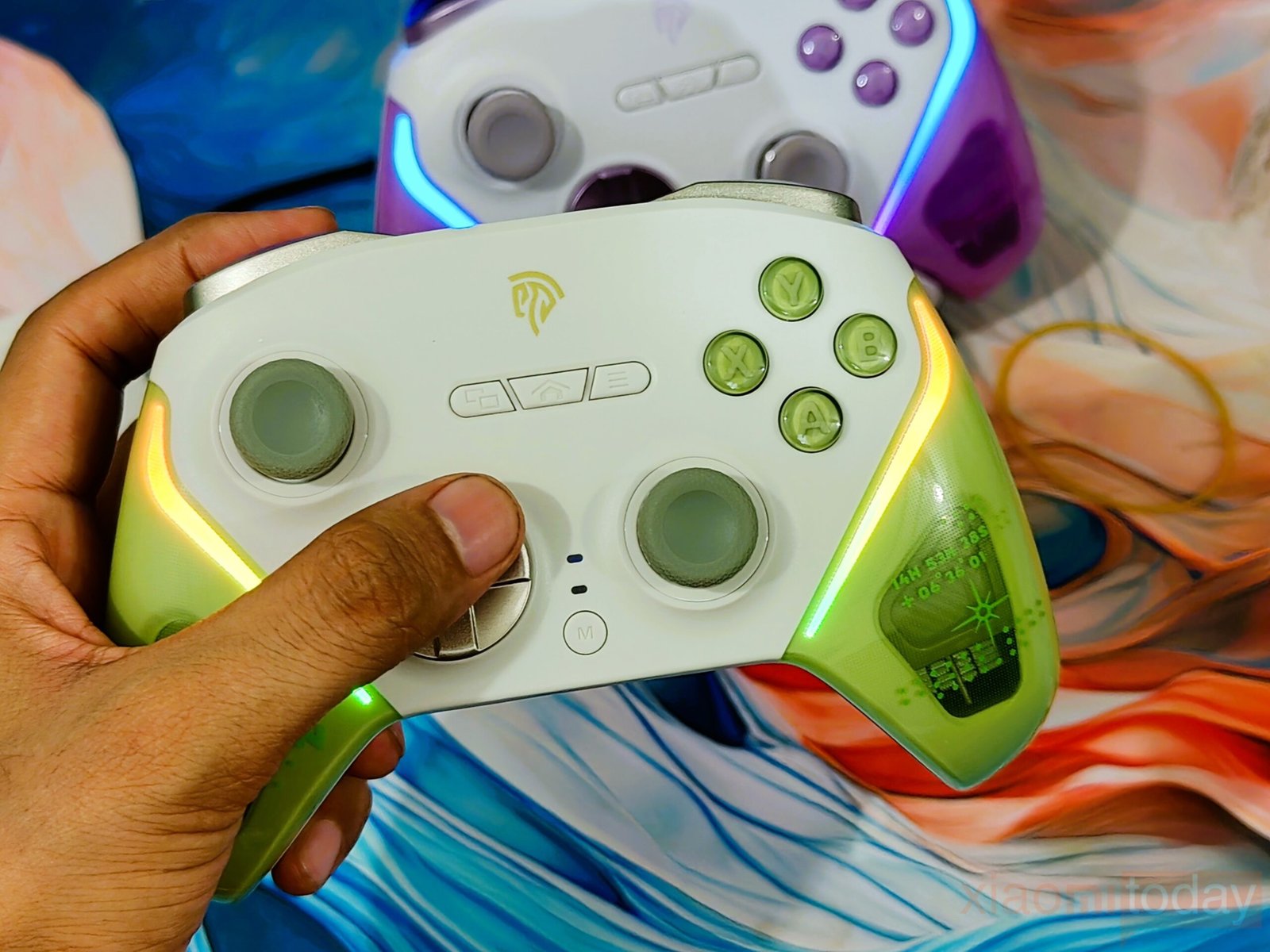
On PC, the TMR joysticks provided accurate control in fast-paced shooters like Apex Legends and slower, more deliberate titles like Elden Ring. Small movements were easy to manage, and there were no signs of stick drift during testing. The magnetic resistance added just enough tension to make fine adjustments feel natural, especially when aiming down sights or navigating menus. The dual-mode triggers were practical for different game types. In racing games such as Forza Horizon 5, linear mode allowed smooth throttle control, while micro-switch mode offered a faster response for firing weapons in Call of Duty. The physical switch to toggle modes was well placed and could be changed during gameplay without needing to pause.
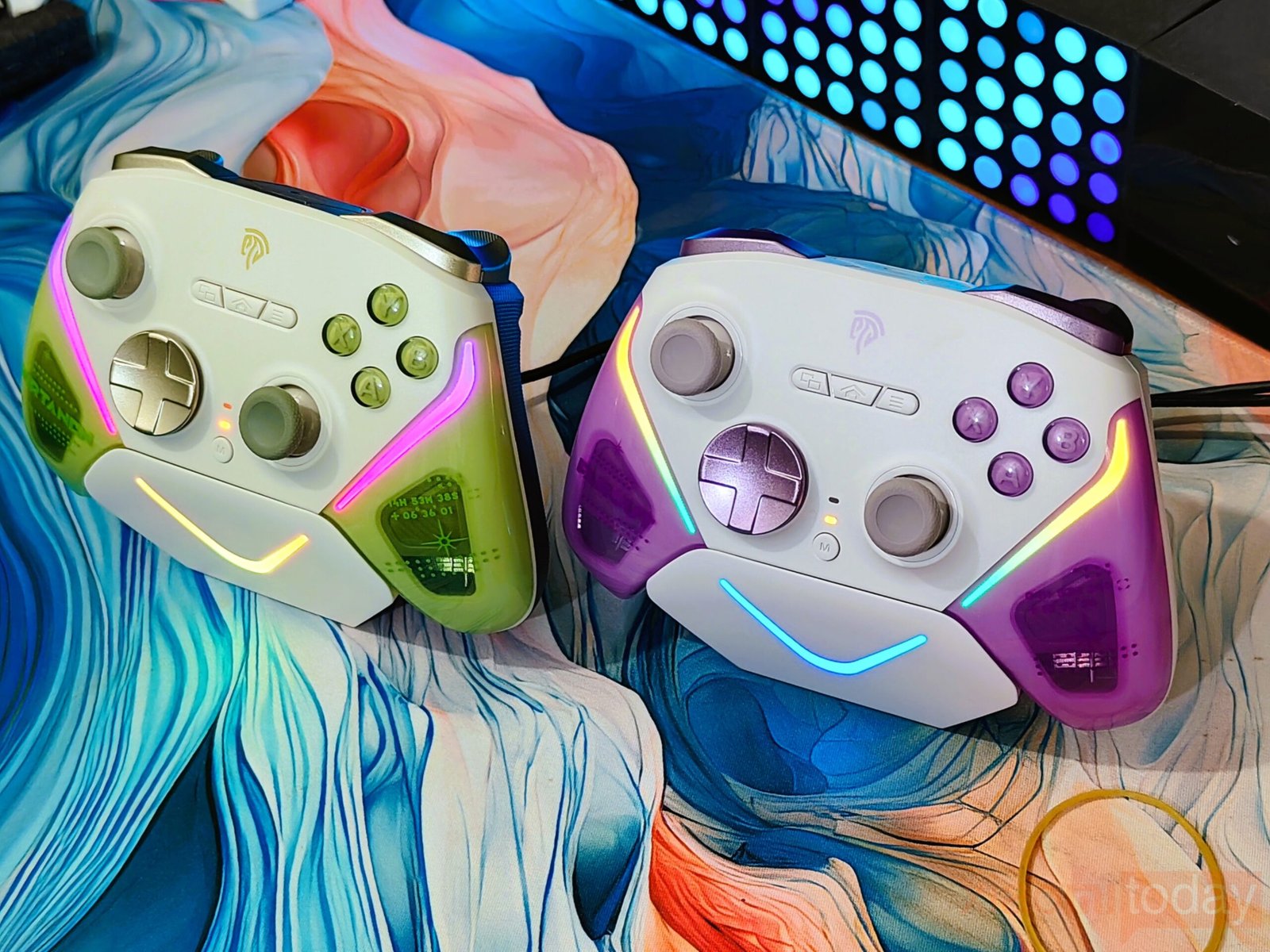
The mechanical ABXY buttons and EasyPos™ D-pad performed consistently across platformers and fighting games. In Celeste, the buttons handled rapid inputs cleanly without any bounce or delay. The D-pad delivered precise directional control during matches in Street Fighter 6, allowing clean execution of quarter-circle and diagonal commands. There was no noticeable input wobble, and the clicks were sharp enough to confirm each press. During extended sessions, the button feedback remained consistent, and there was no early sign of wear on any of the inputs.
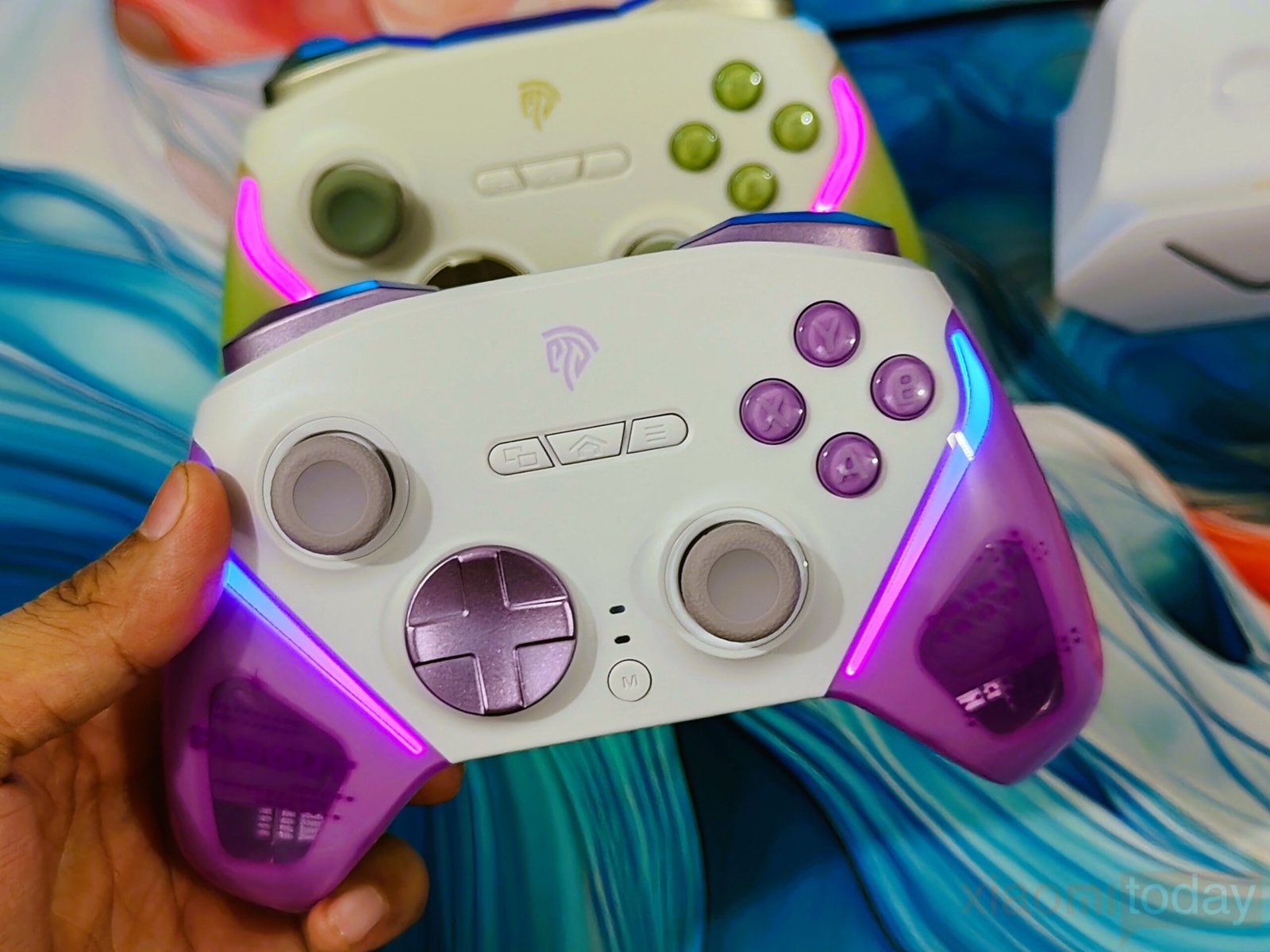
Ergonomics was another positive aspect. The controller’s weight and grip design made it comfortable to hold for long periods. The dotted texture on the handles helped maintain a firm grip even during tense moments. The RGB lighting along the edges remained subtle and didn’t distract during use. Battery life averaged between 18 to 20 hours on a single charge, and recharging was easy with the included dock. Placing the controller on the dock disconnected it from active use and started charging automatically. Once charged, the dock stopped supplying power to protect the battery from overcharging.
Mobile gaming over Bluetooth worked as expected in titles like Genshin Impact and Asphalt 9. Inputs were responsive, and there were no noticeable delays or connection drops. While the 2.4GHz connection felt slightly quicker on PC and Switch, Bluetooth was perfectly fine for mobile sessions. One minor adjustment involved the rear M1 and M2 buttons. Their slightly higher placement caused occasional accidental presses early on, but this became less frequent as grip habits adjusted. Overall, the EasySMX D10 delivered reliable performance across multiple platforms and genres during the two-week test period.
Conclusion
The EasySMX D10 Controller is available now. For more information, visit the official EasySMX website. For detailed tech reviews, click here.


